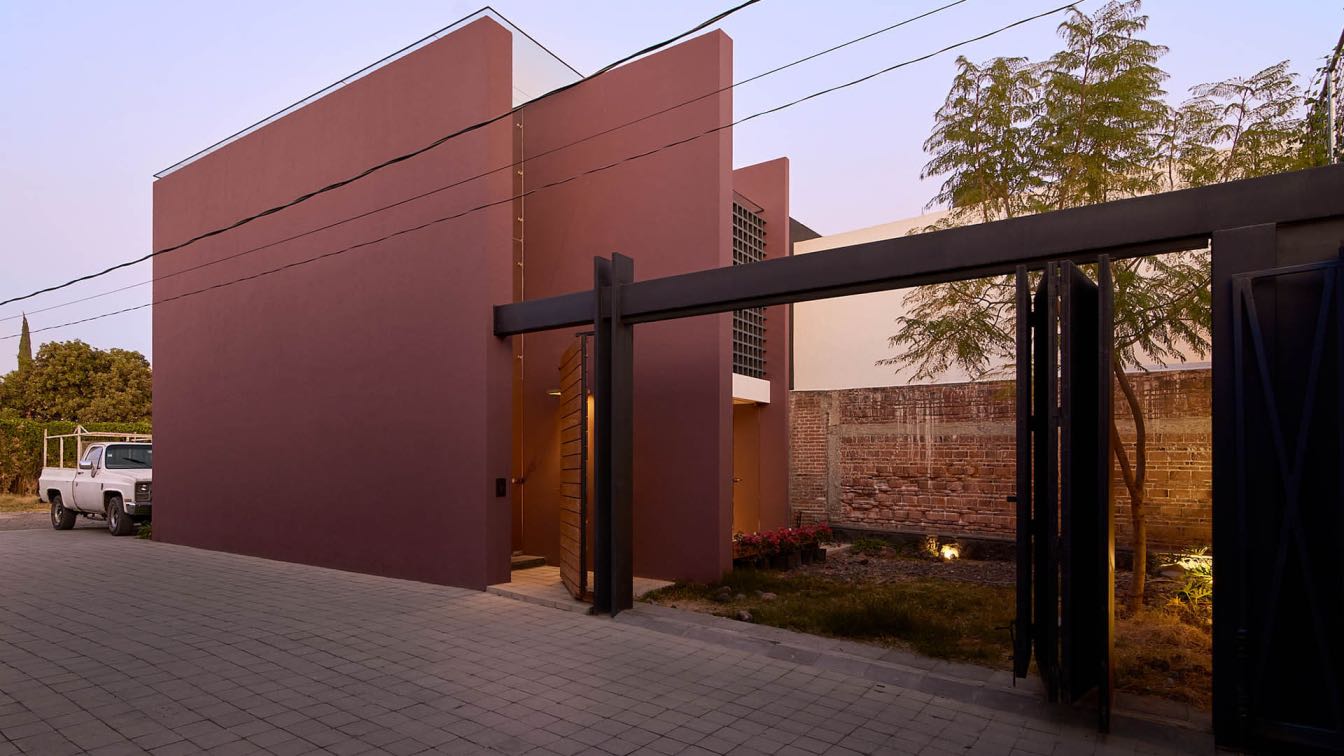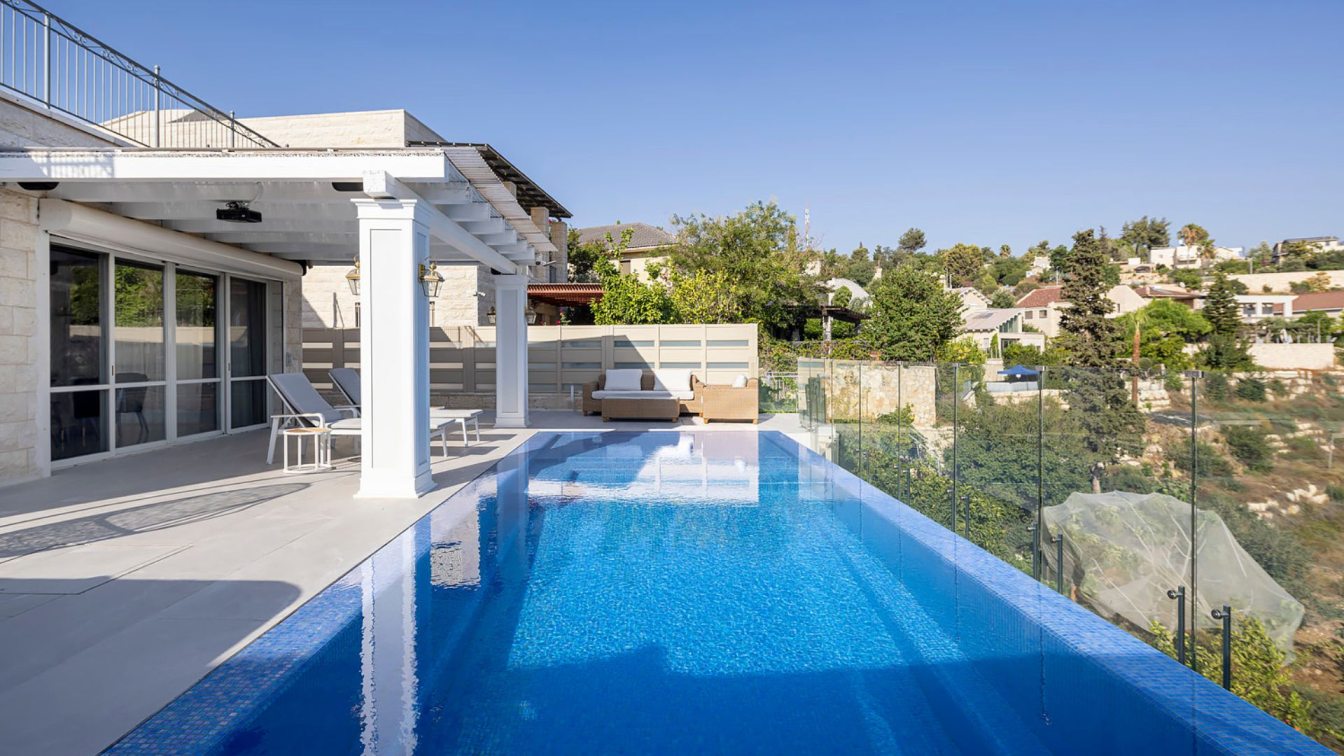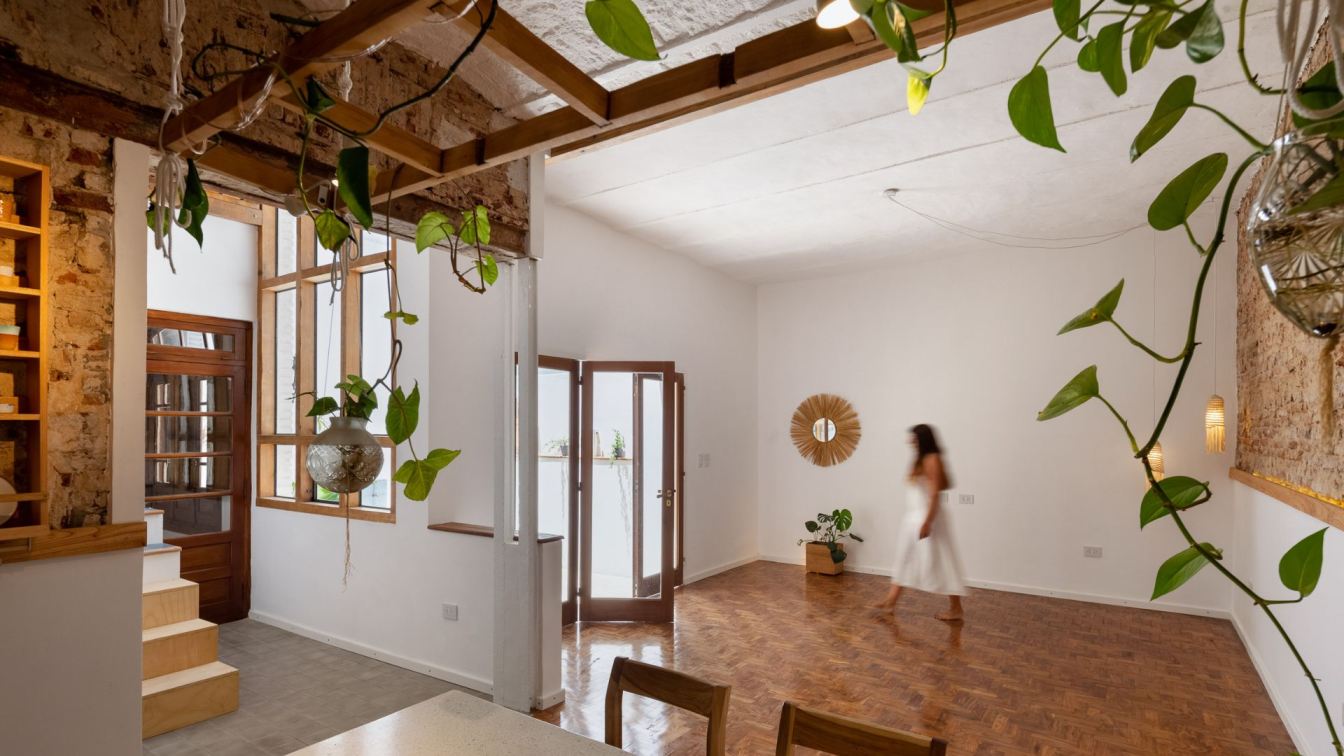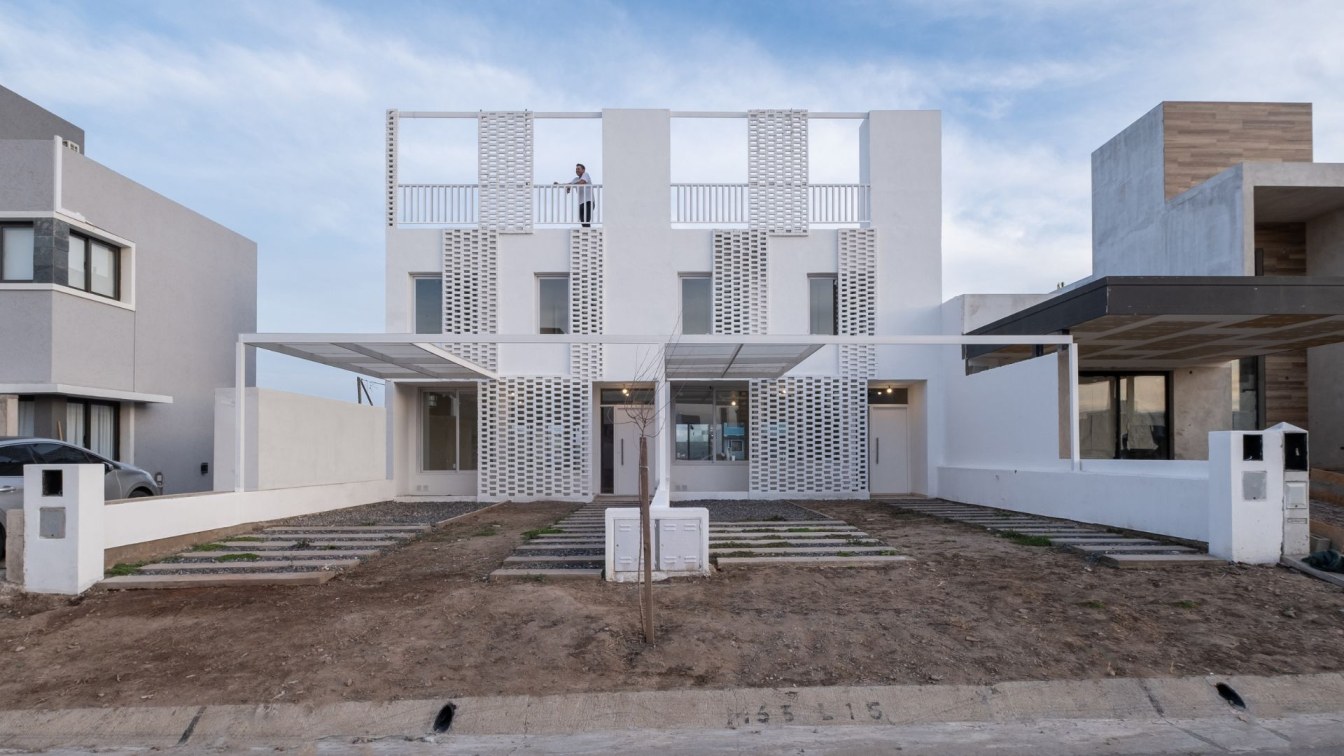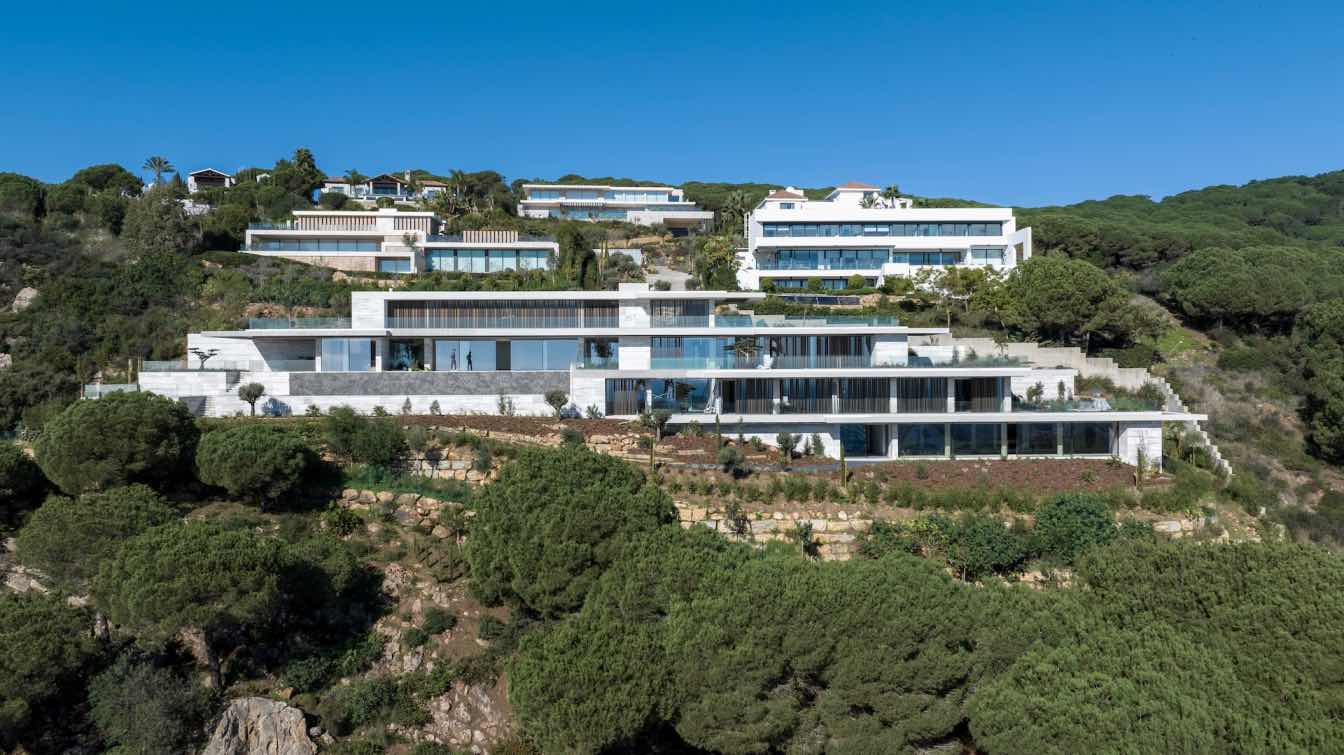And-Y Arquitectos: The project is located in a semi-urban neighborhood surrounded by a rural environment that continues having this type of constructions featuring materials such as adobe (mudbricks), exposed bricks, volcanic stone details, rustic wood, and clay roof tiles. The house was first conceived by considering several axis and scales from the previous construction on the site. Privacy in the indoor spaces was given priority while expecting to generate a sense of mystery and uncertainty from the outside.
The public spaces of this residence keep a visual and sensorial flow directed towards the garden. This is achieved by using nature-based materials such as wood and stone and by experiencing their original texture, shade, scent and density.
The house has a rainwater harvesting system that is interconnected to form one single stream. This stream cascades over a reflecting pool to finally spread on the garden.
The geometric conditions of the area set the patterns for the need of visual protection, roof ventilation and zenithal lighting in most spaces. The tour of the house provides a sense of surprise and mystery as one indulges in unveiling every single detail.
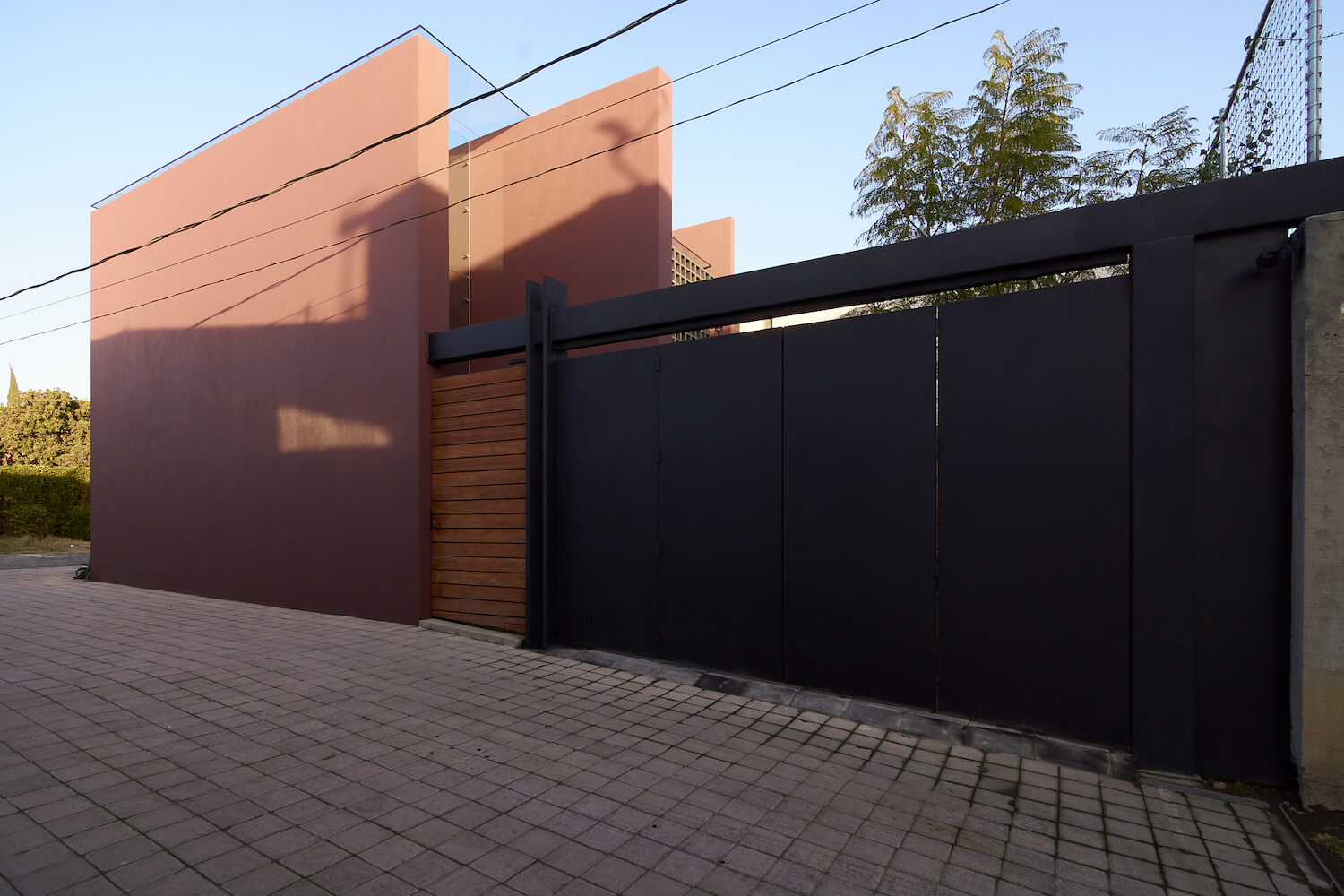 image © Andrea Gabriela Porquillo Cortes
image © Andrea Gabriela Porquillo Cortes
Different lighting effects and shades make themselves present throughout the different seasons, days and nights. This use of natural light produces different tones, tints, directions and shapes which in turn change the appreciation of each space and make the experience of living there quite unique and different as the year goes by.
Casa Lorena induces moments of contemplation and reflection through the silence of its spaces while at the same time granting a framed view of the sky.
The top floor has materials in raw state where wood stands out as the main element with the purpose of creating a warm and soft environment for the residents.
 image © Andrea Gabriela Porquillo Cortes
image © Andrea Gabriela Porquillo Cortes
The wood furniture and lamps were designed by the architects. The decoration was selected to highlight the work of Mexican craftsmen. The tapestry woven on loom and the baskets made from jonote reeds are part of a large handcraft tradition in Cuetzalan del Progreso, Puebla, whereas the pottery is from Santa María Atzompa, Oaxaca.
Translated by Irene Nayeli Vázquez Espinoza
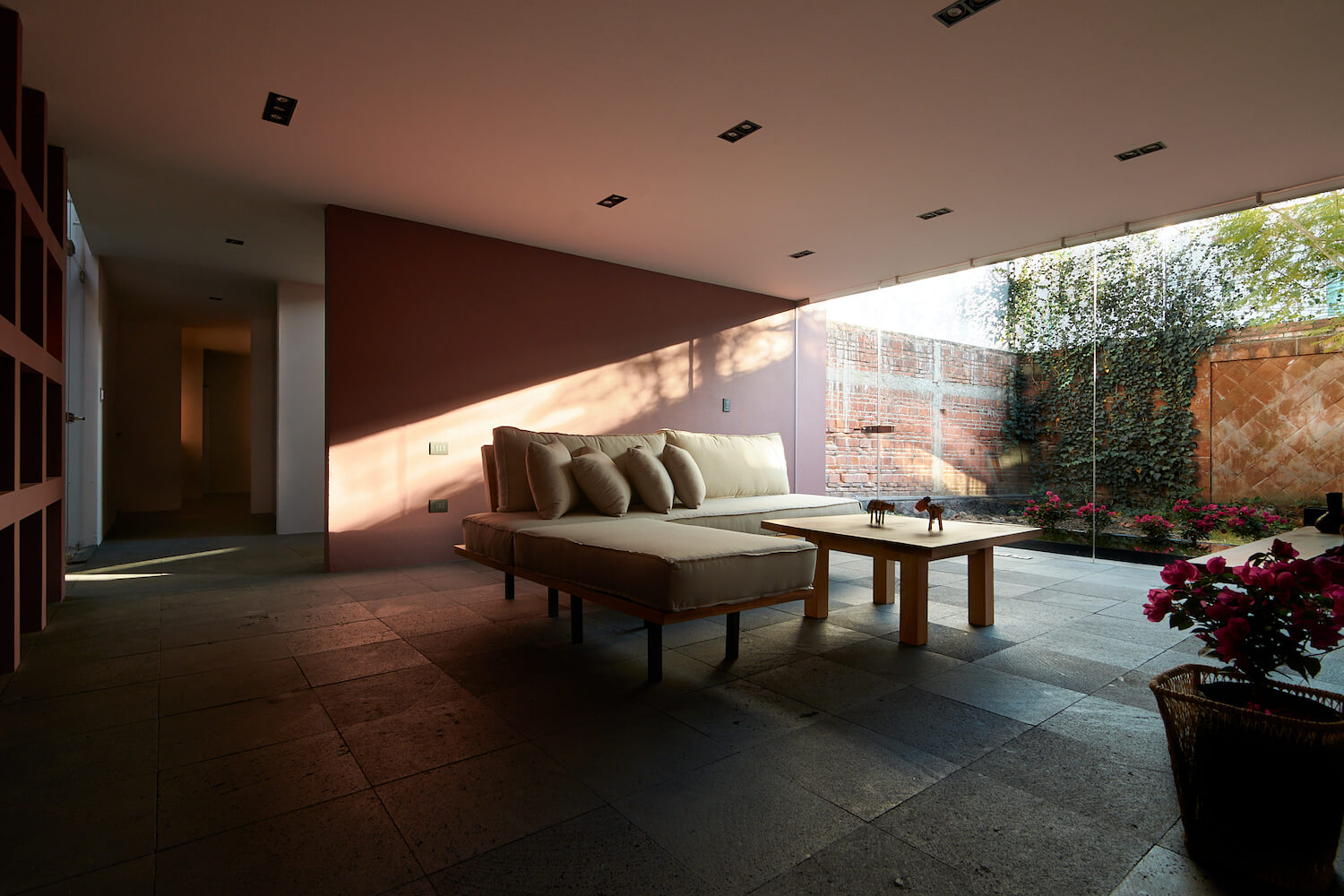

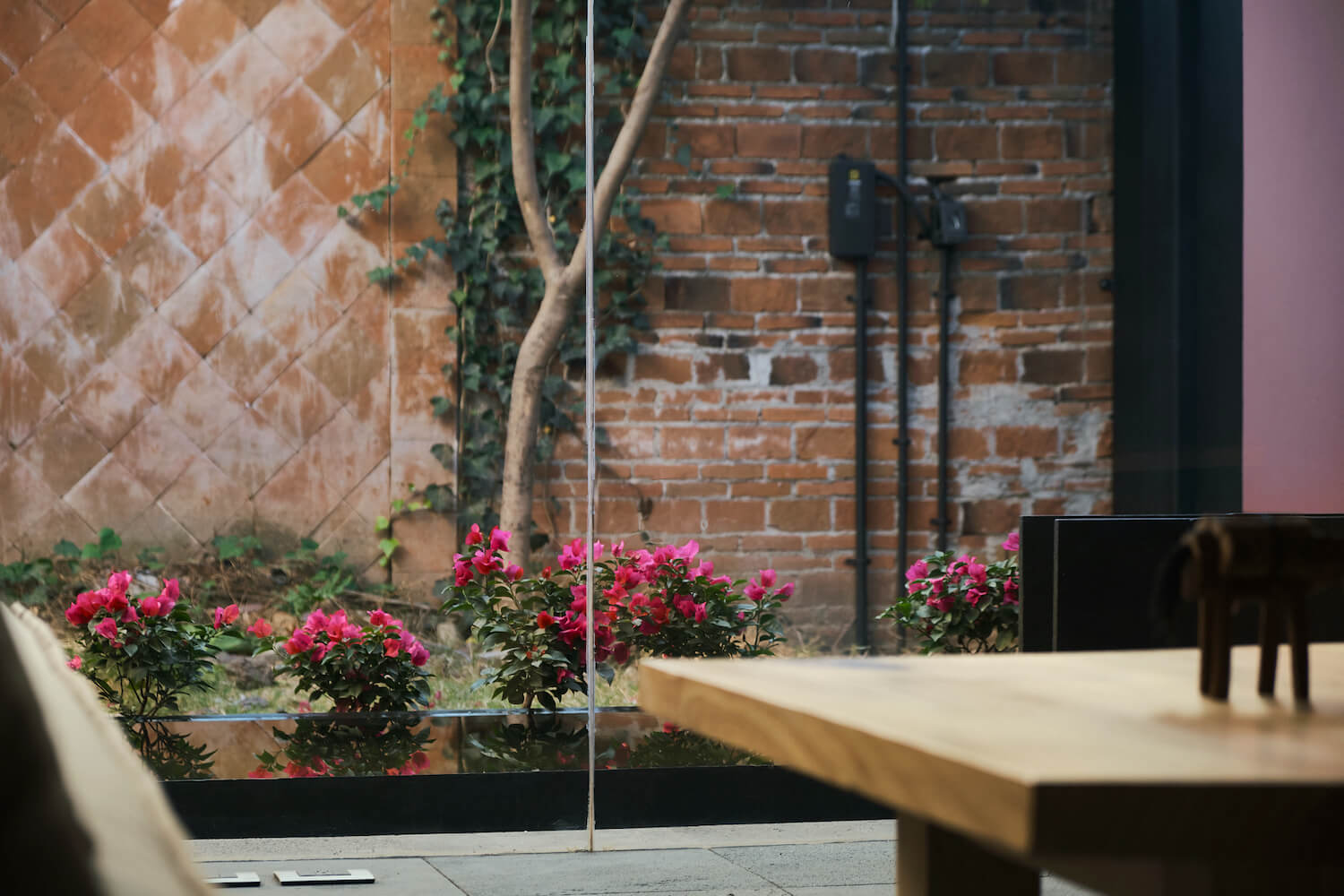
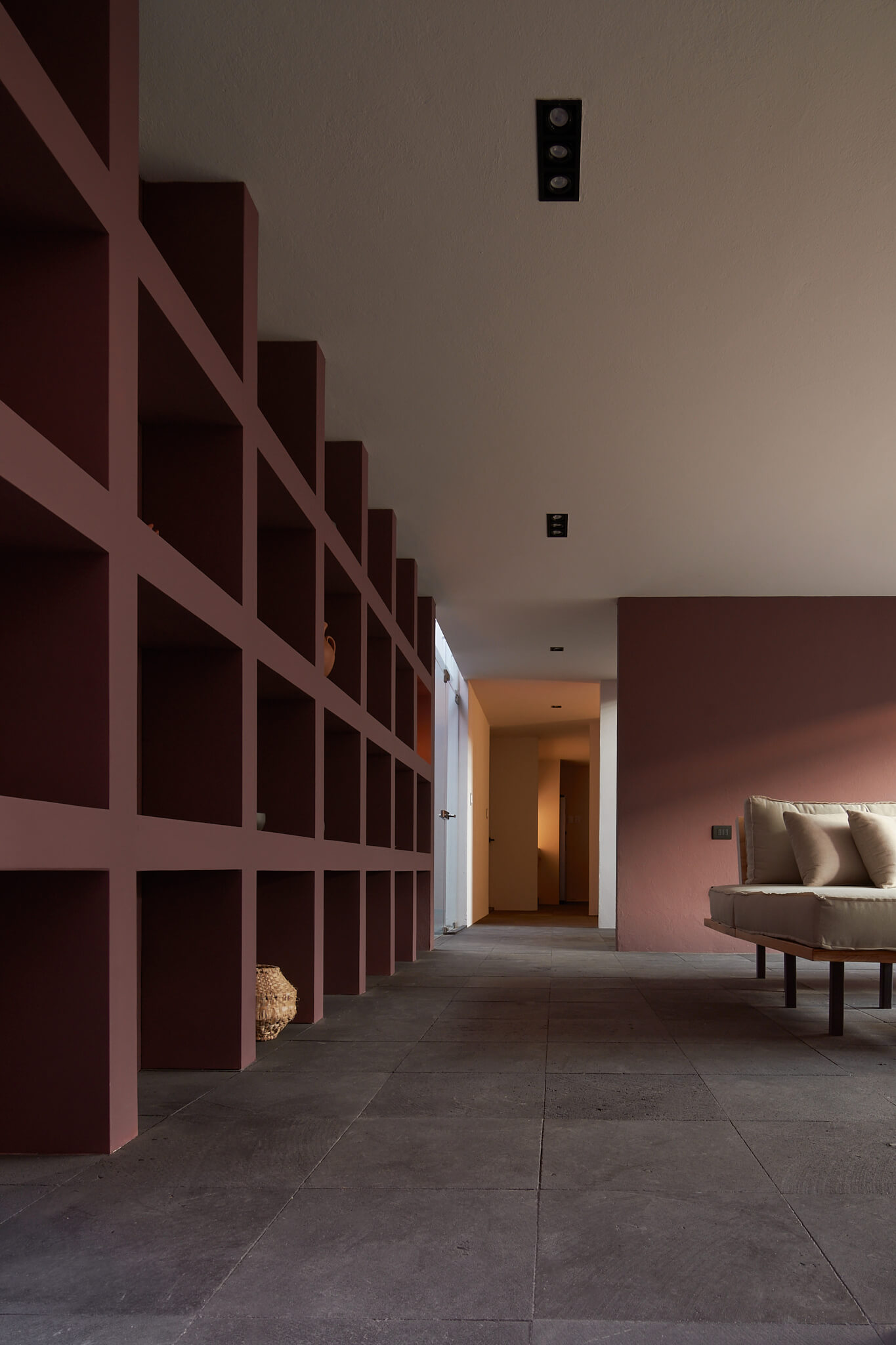


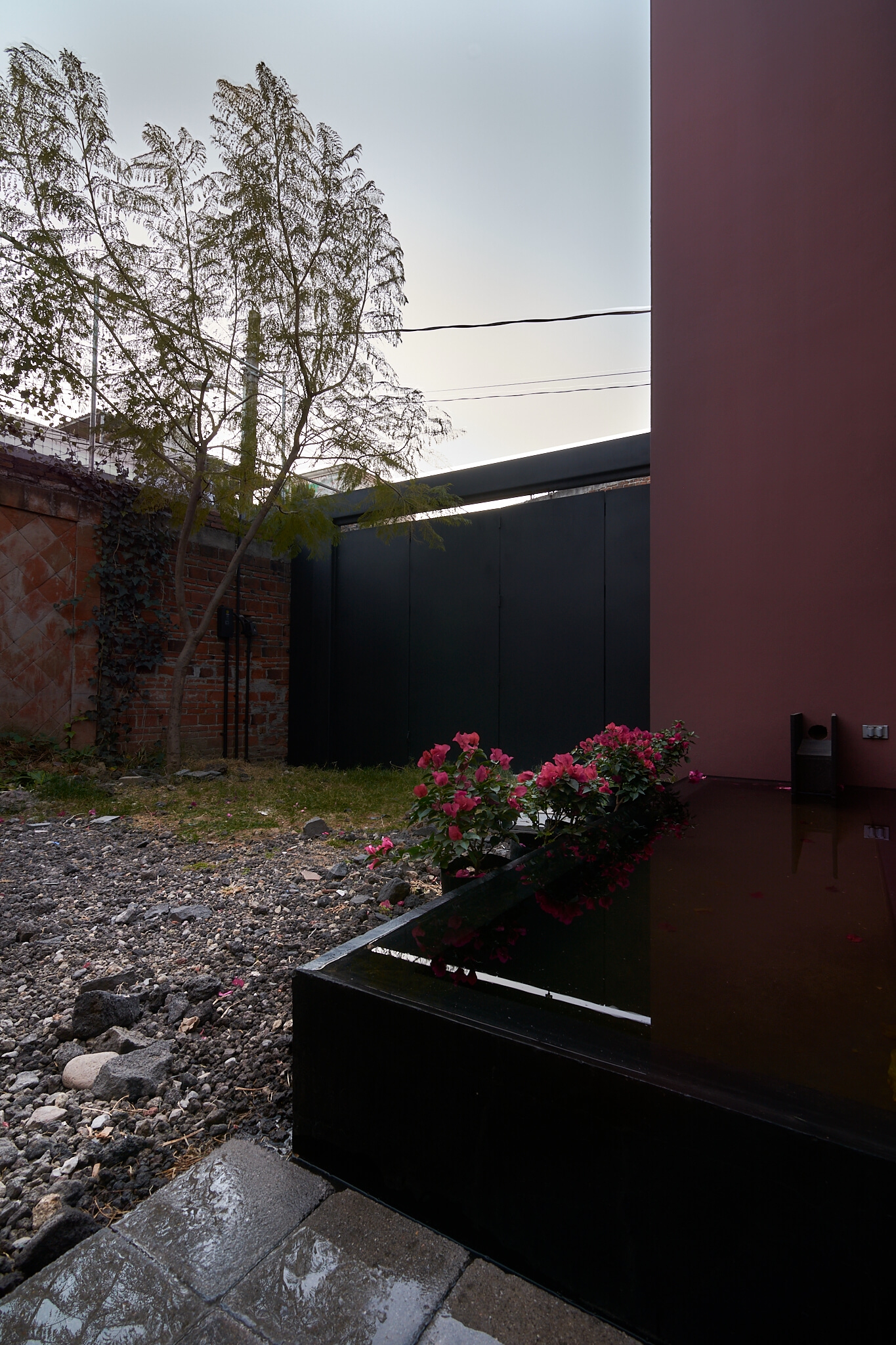



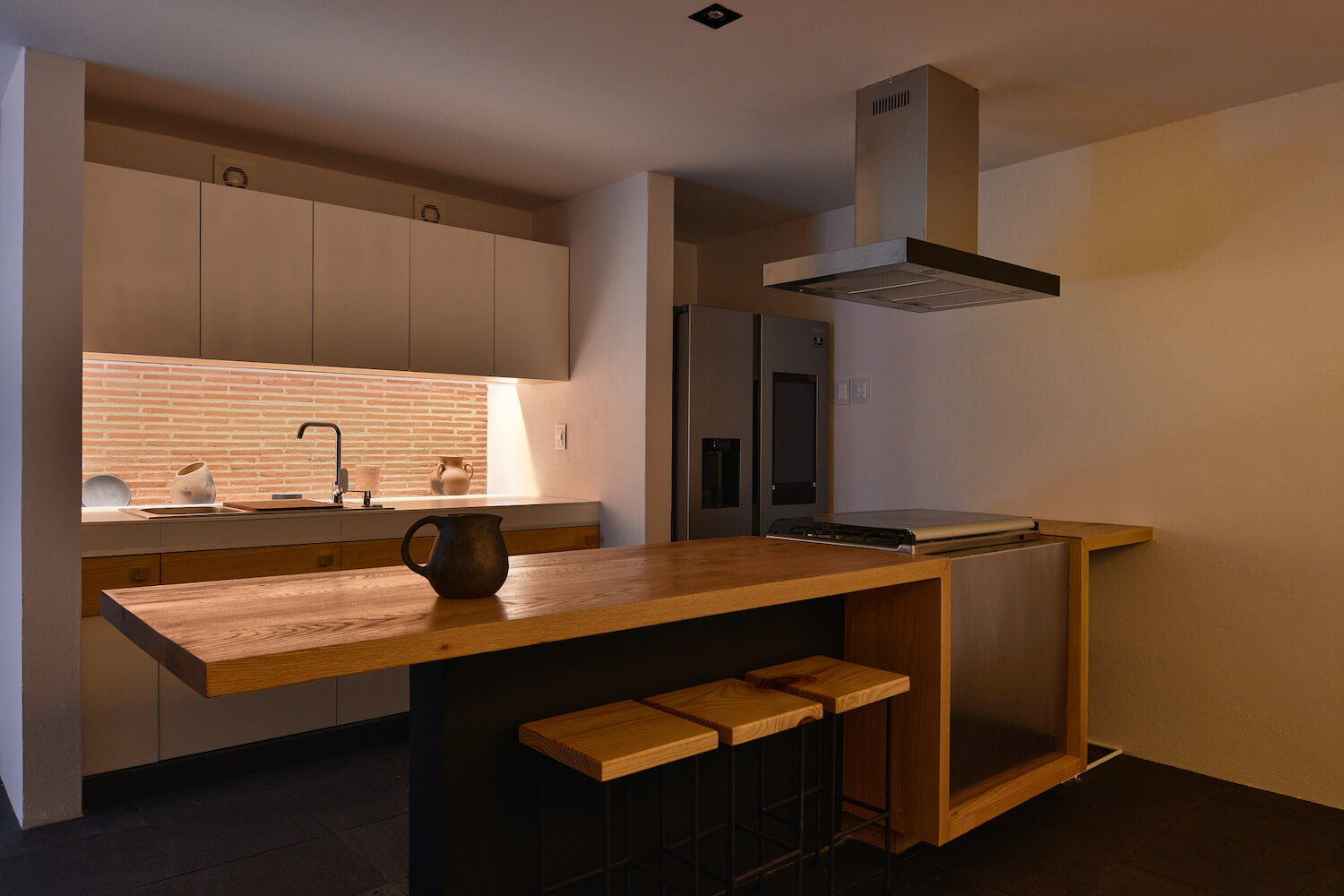
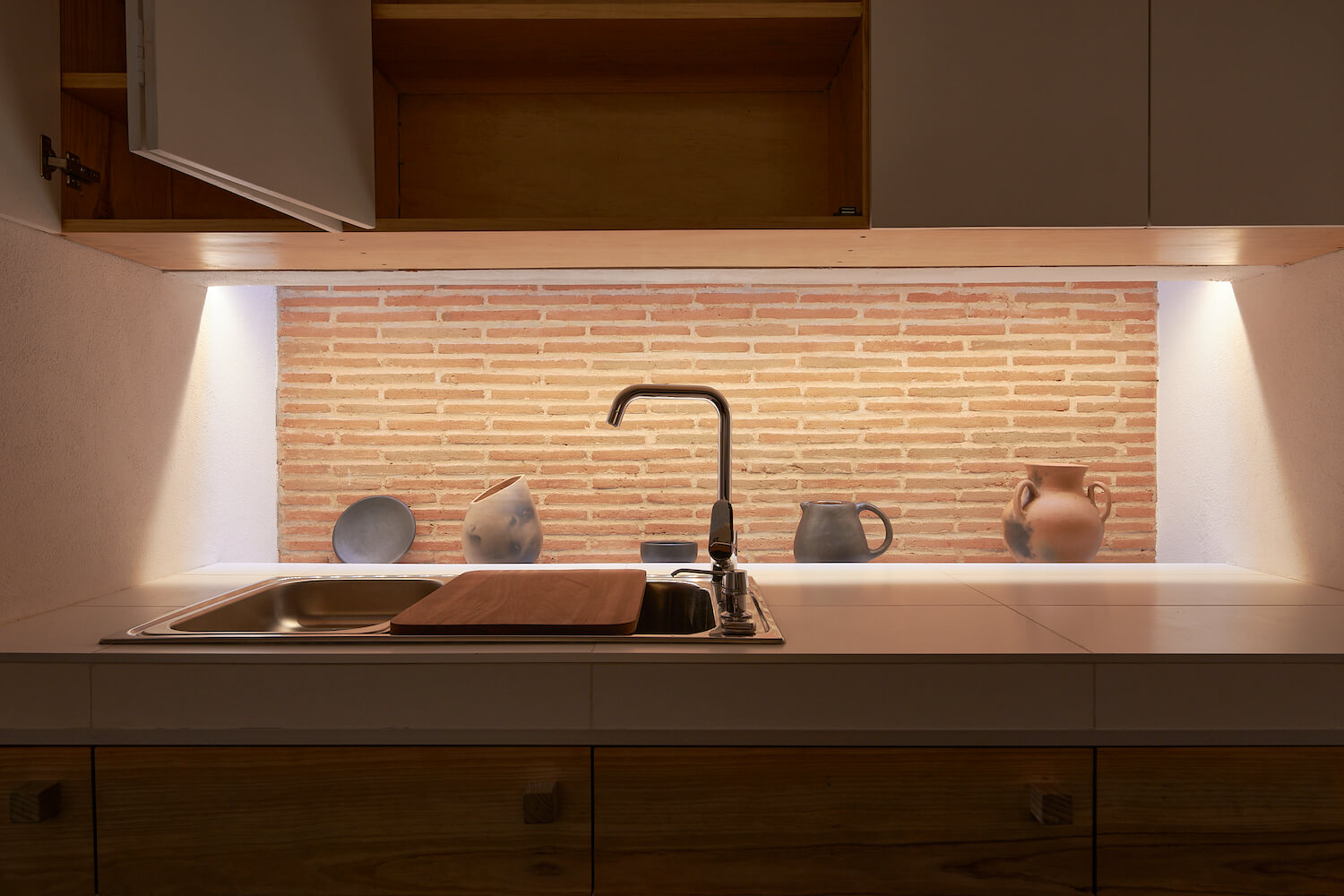


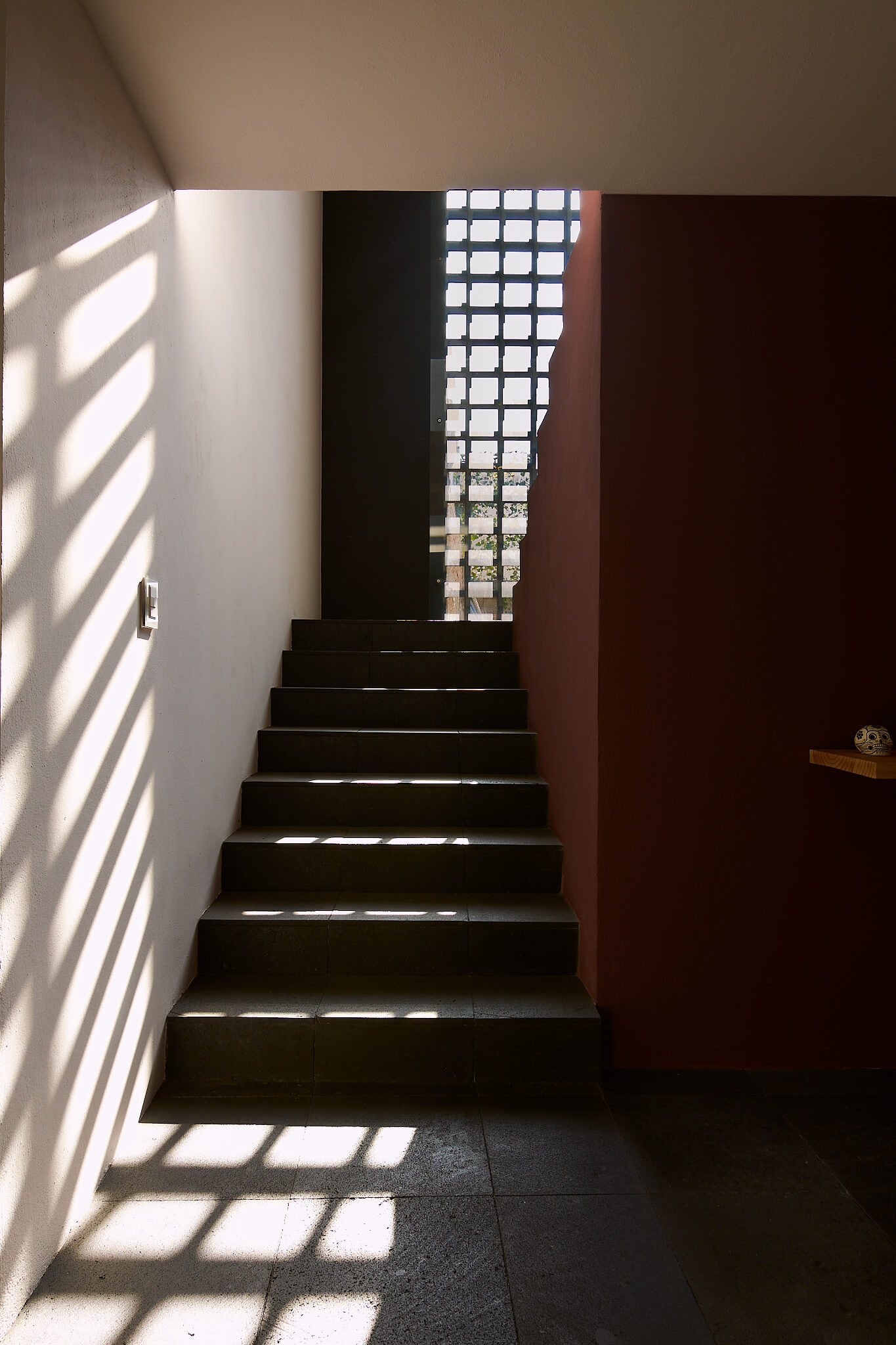
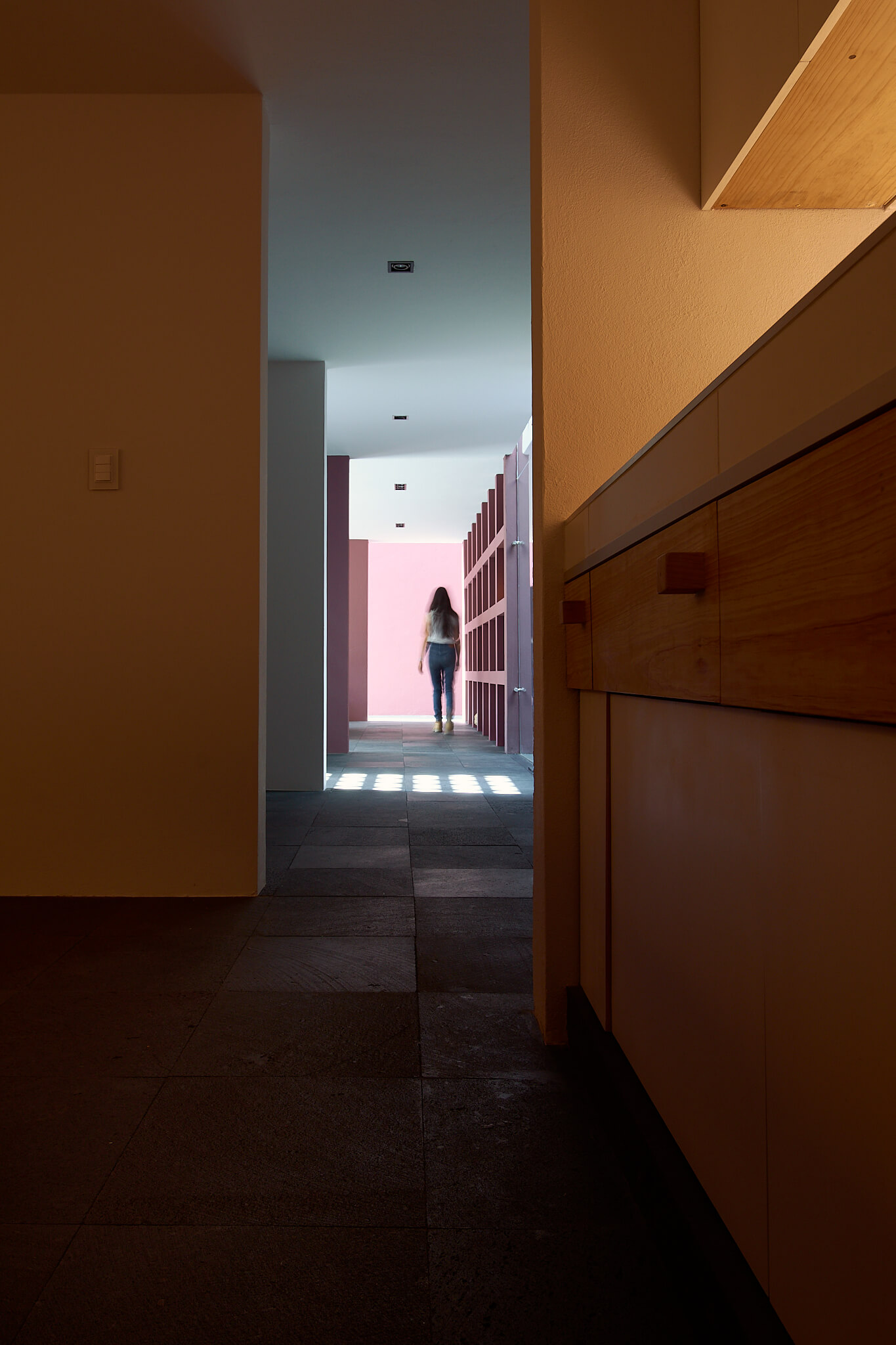

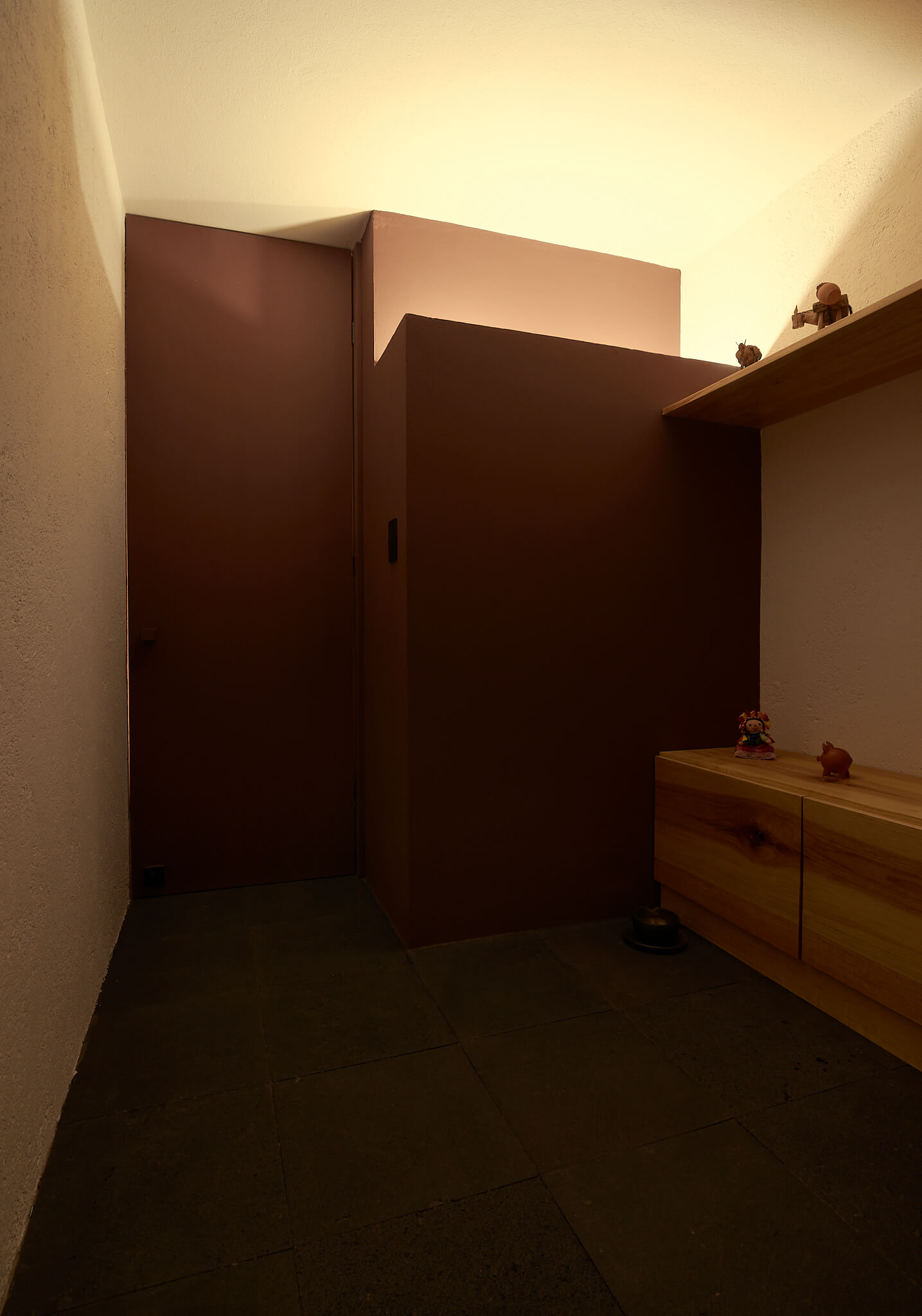
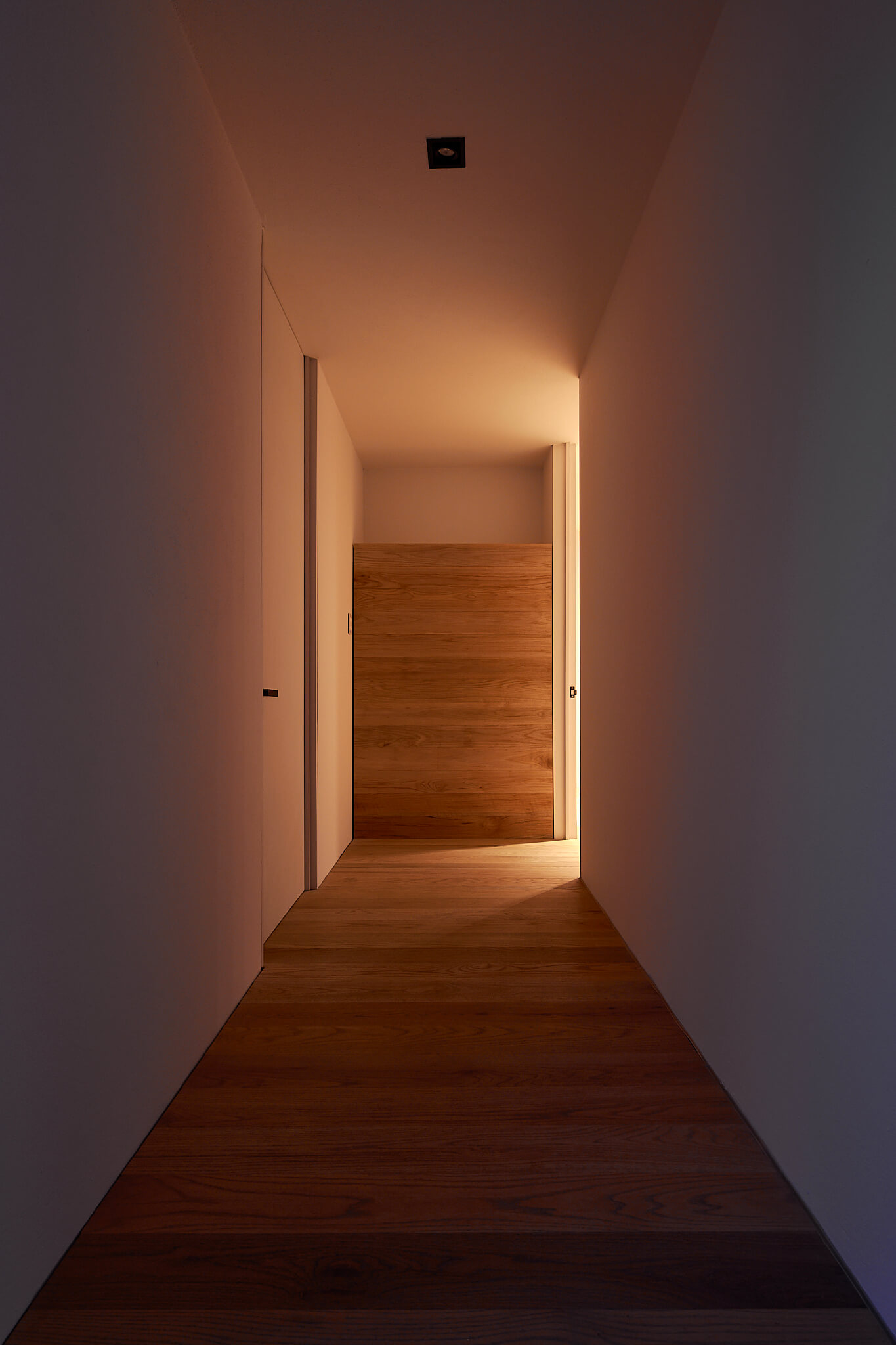
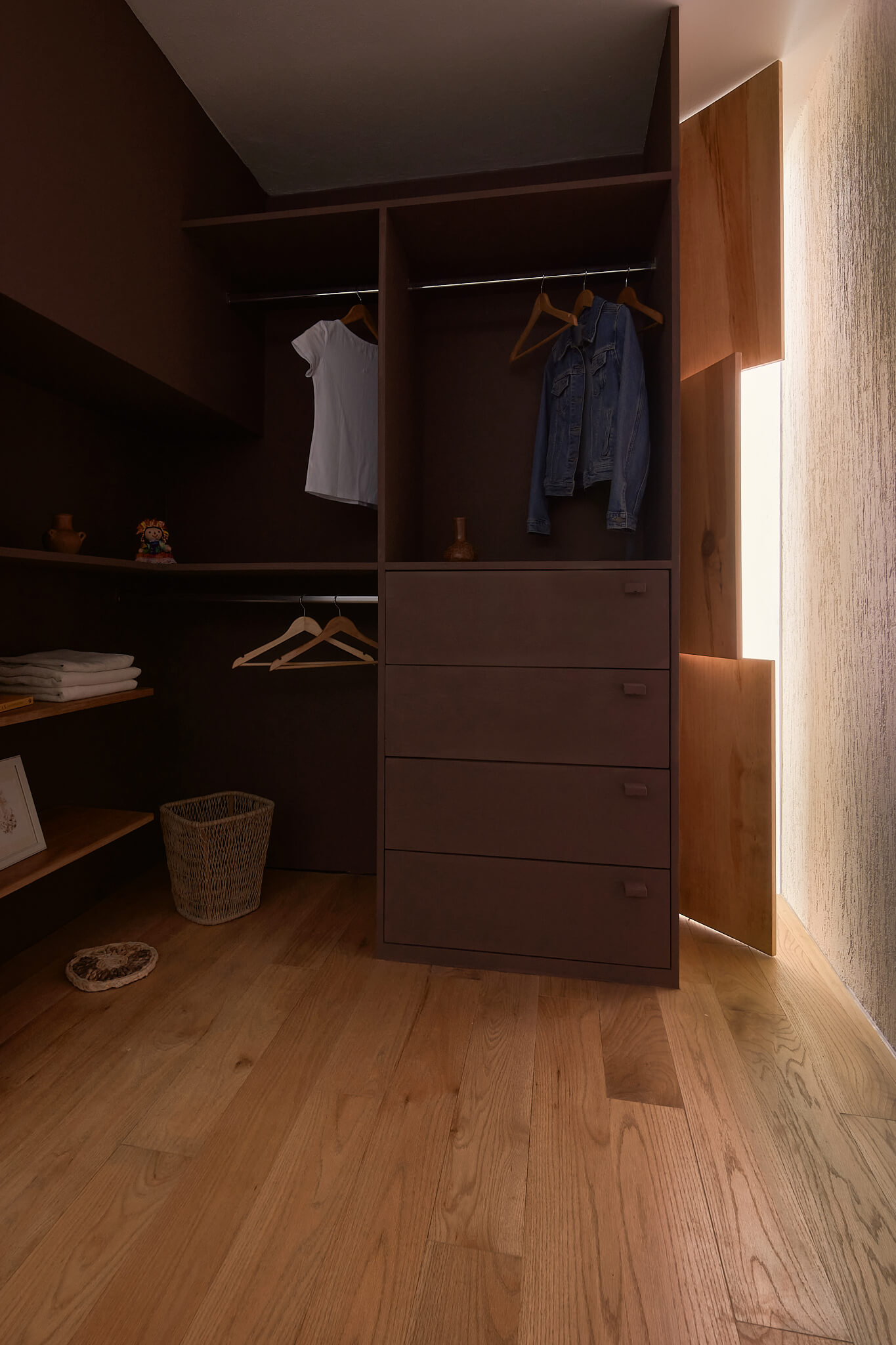
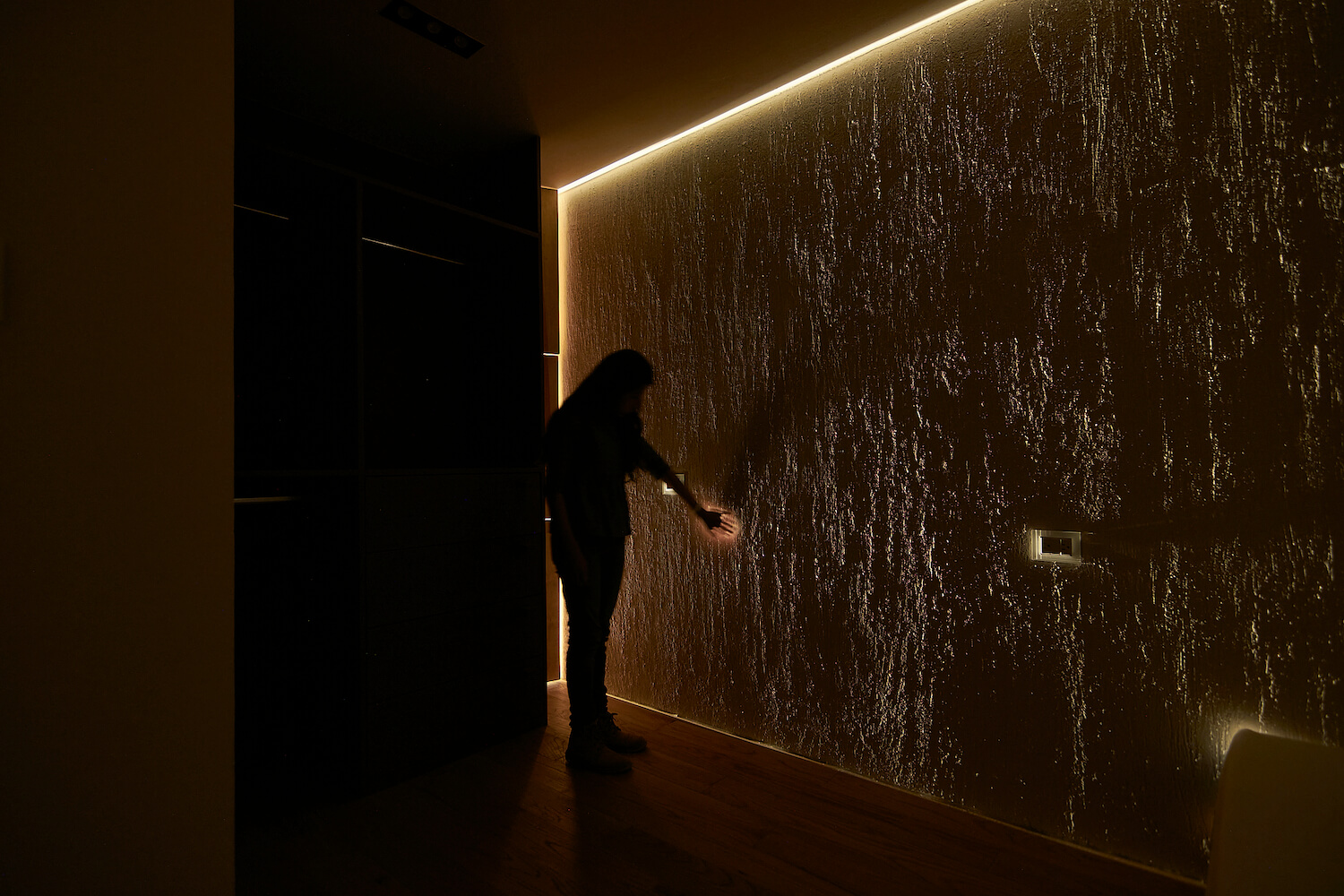
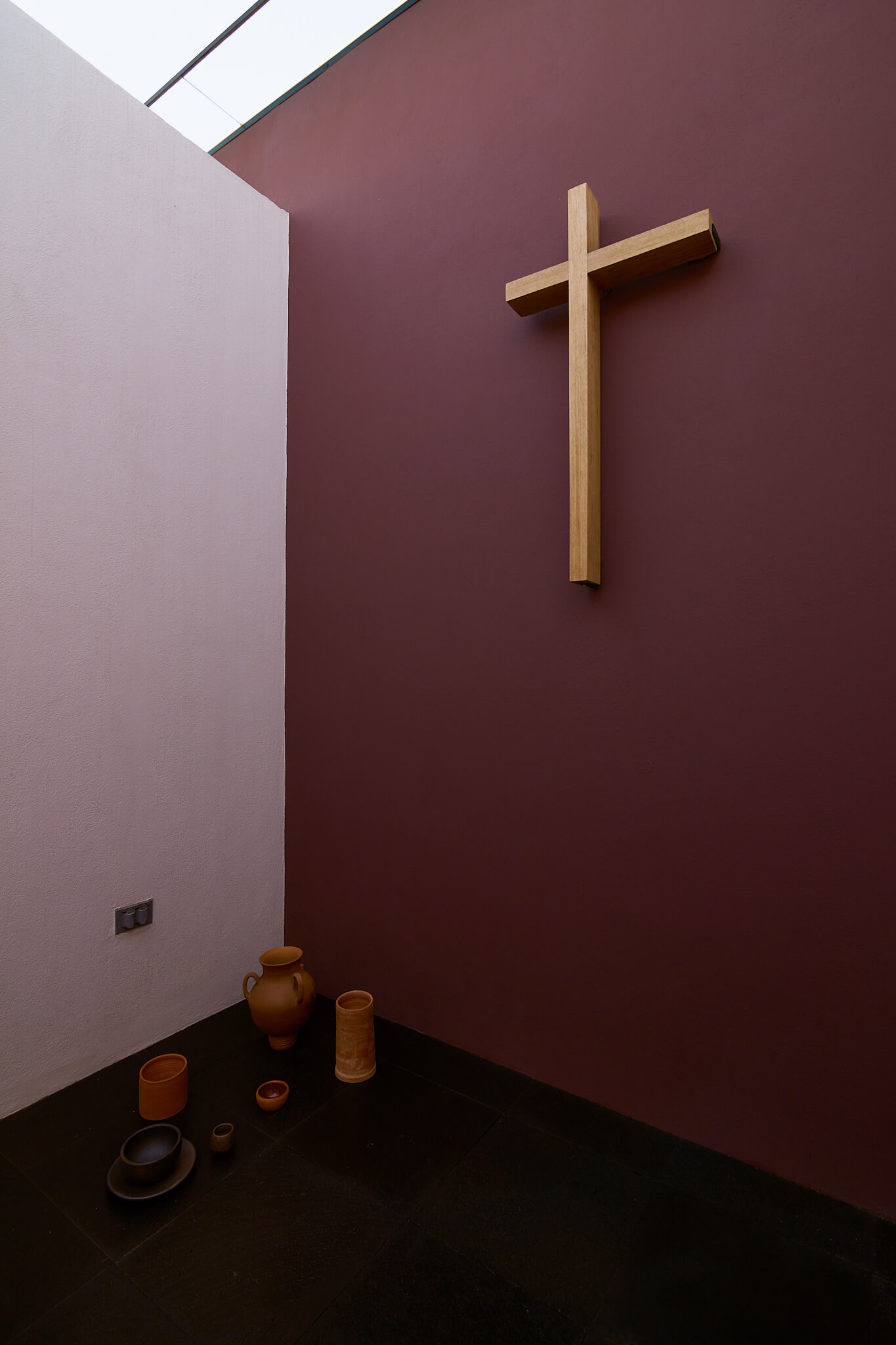
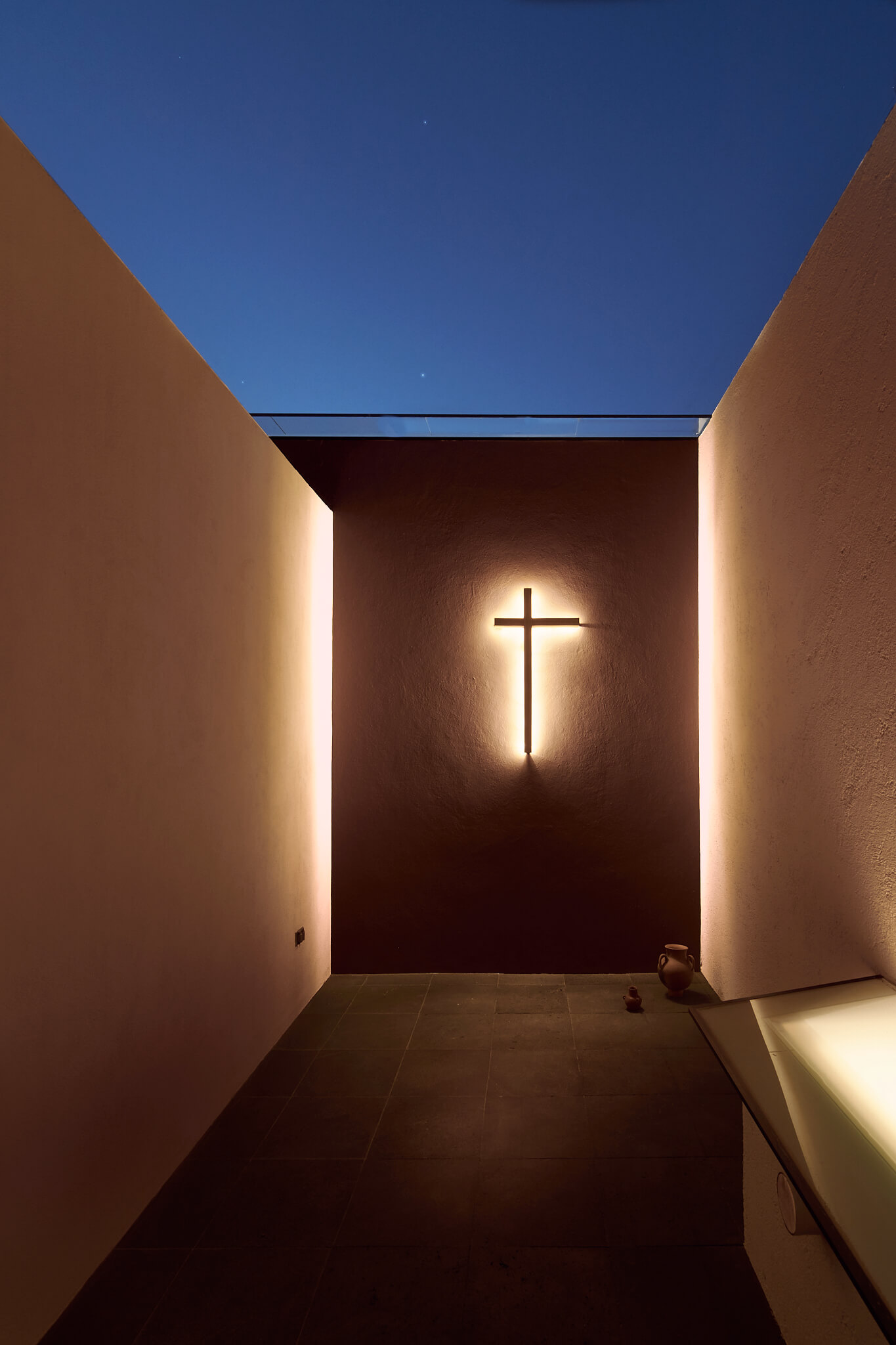



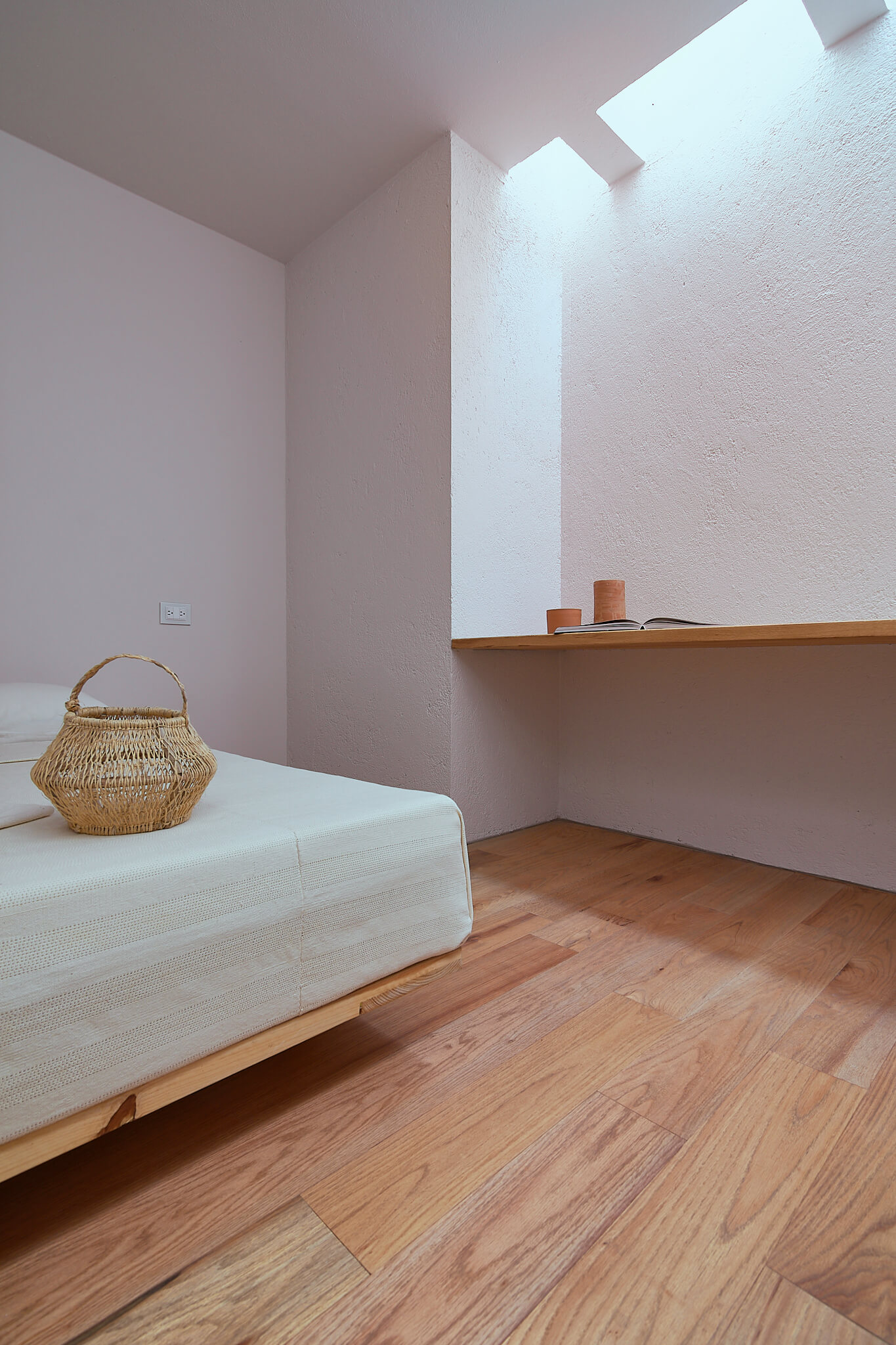
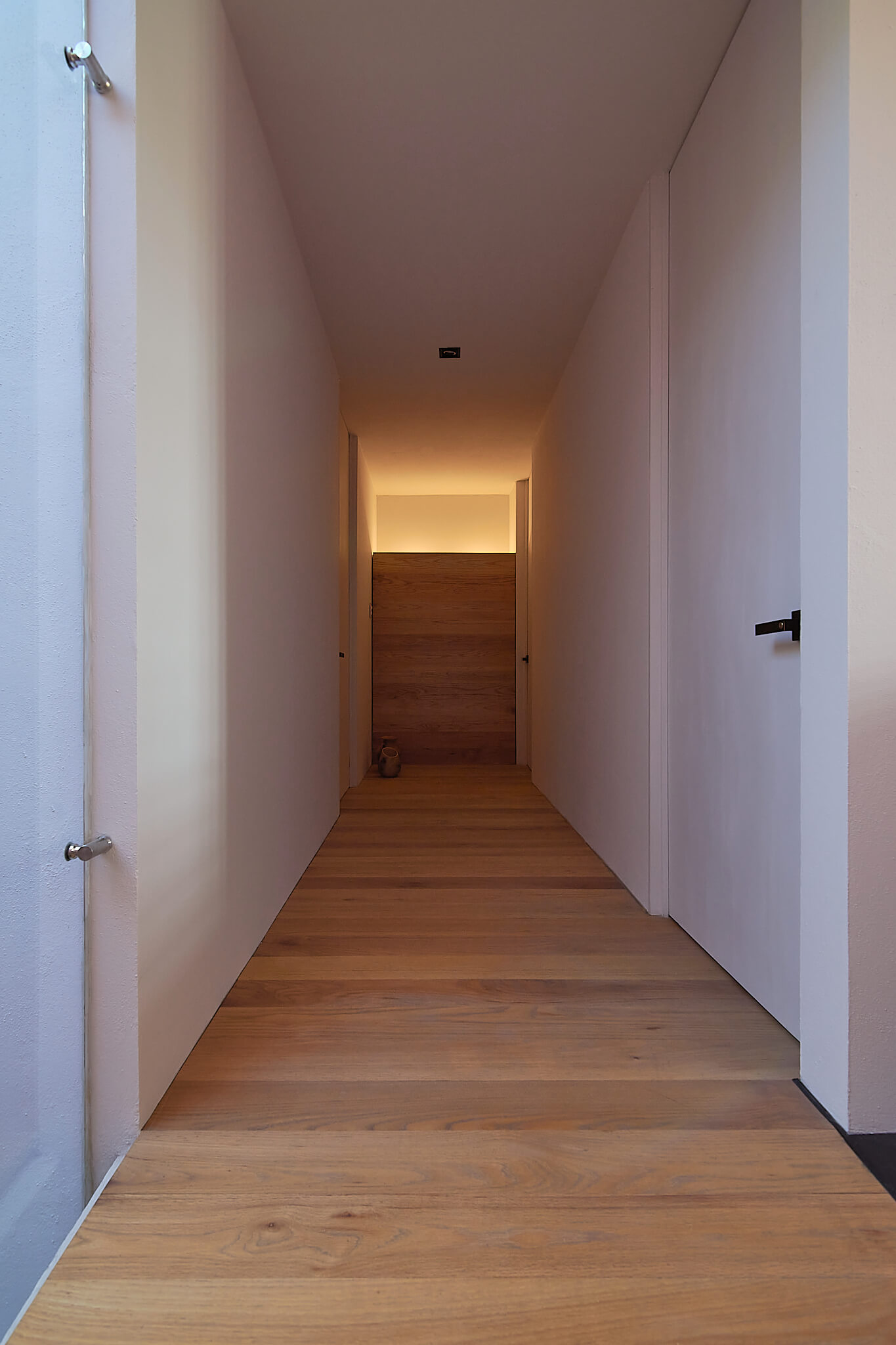

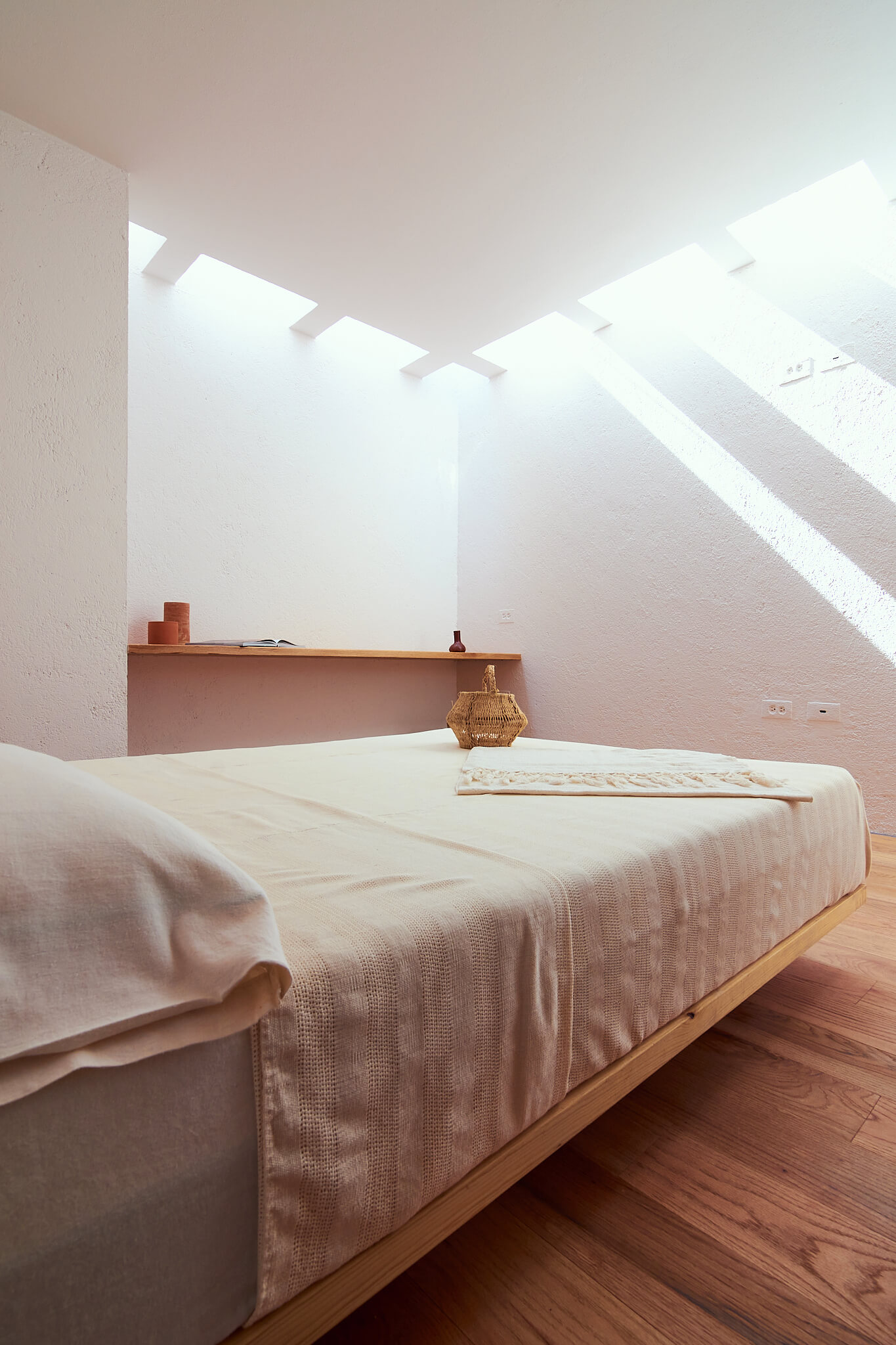
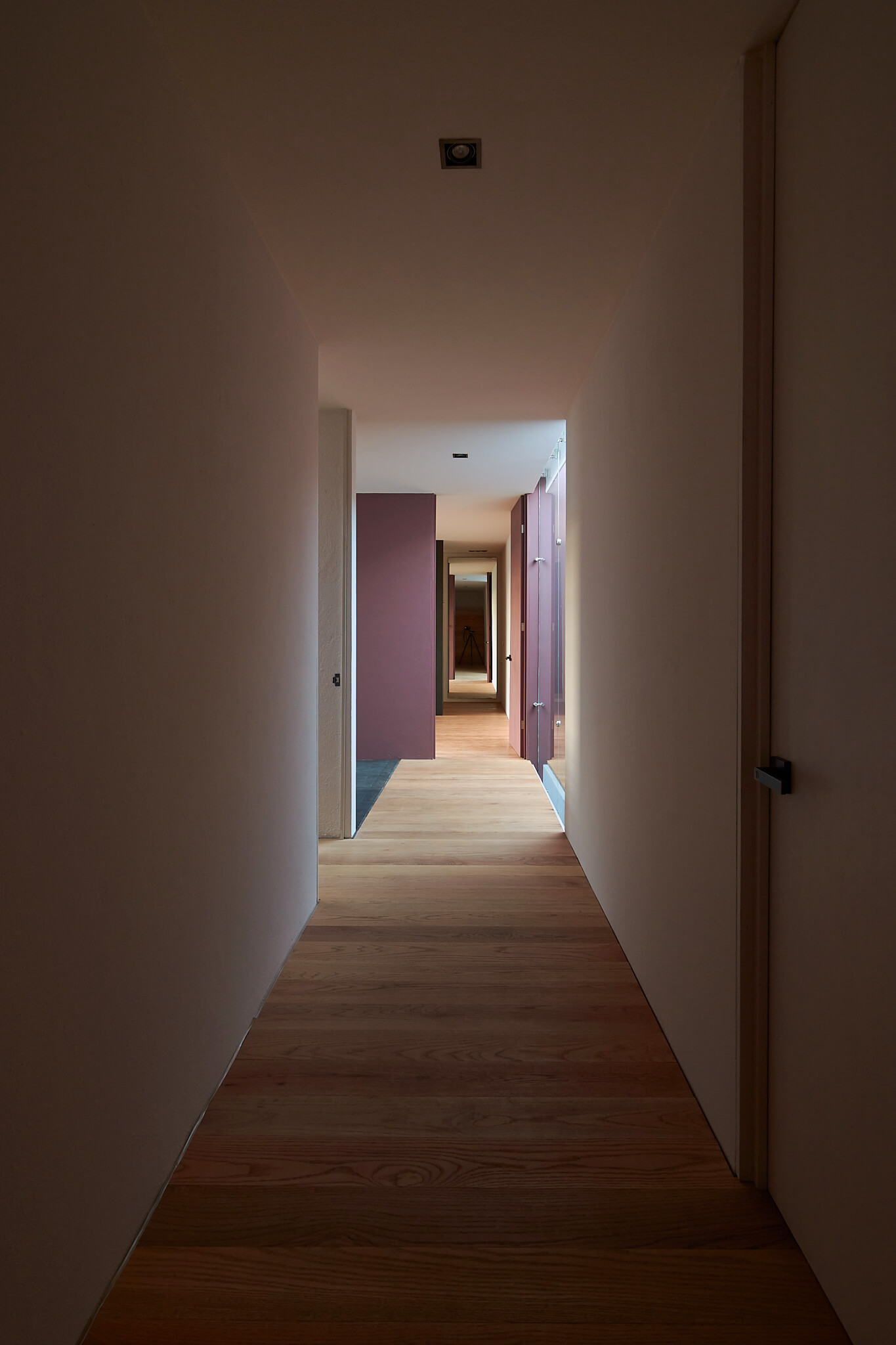
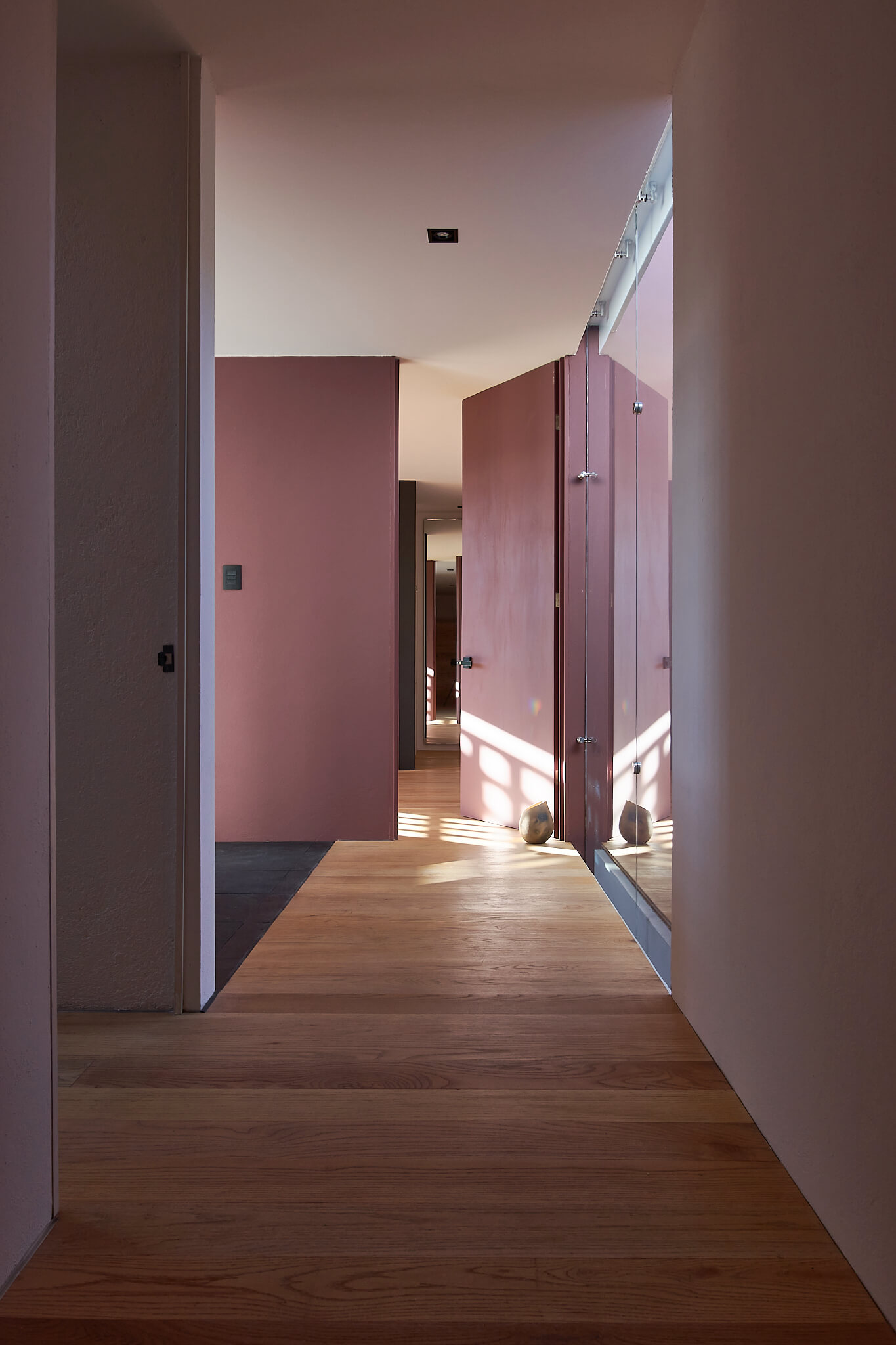
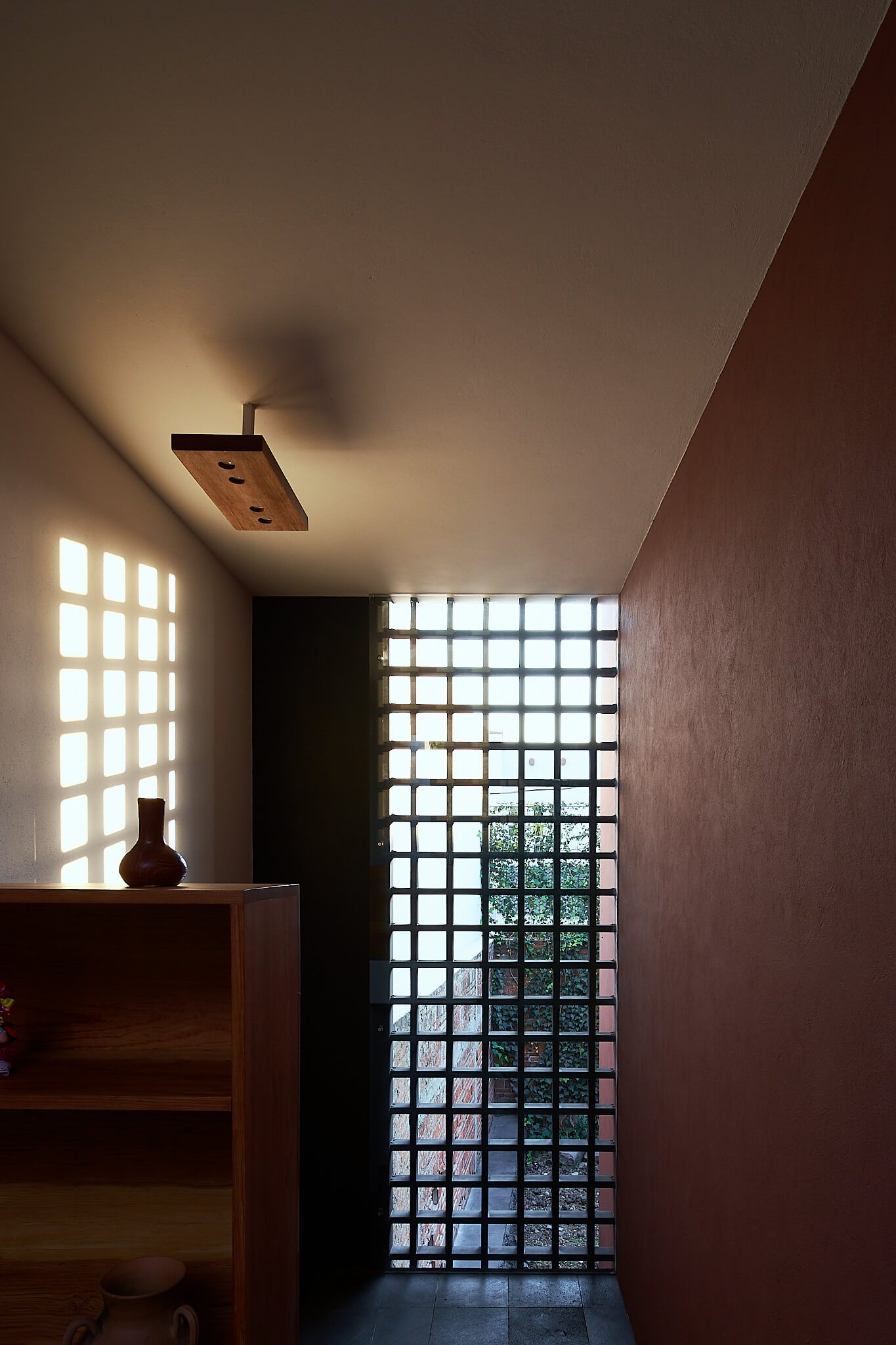
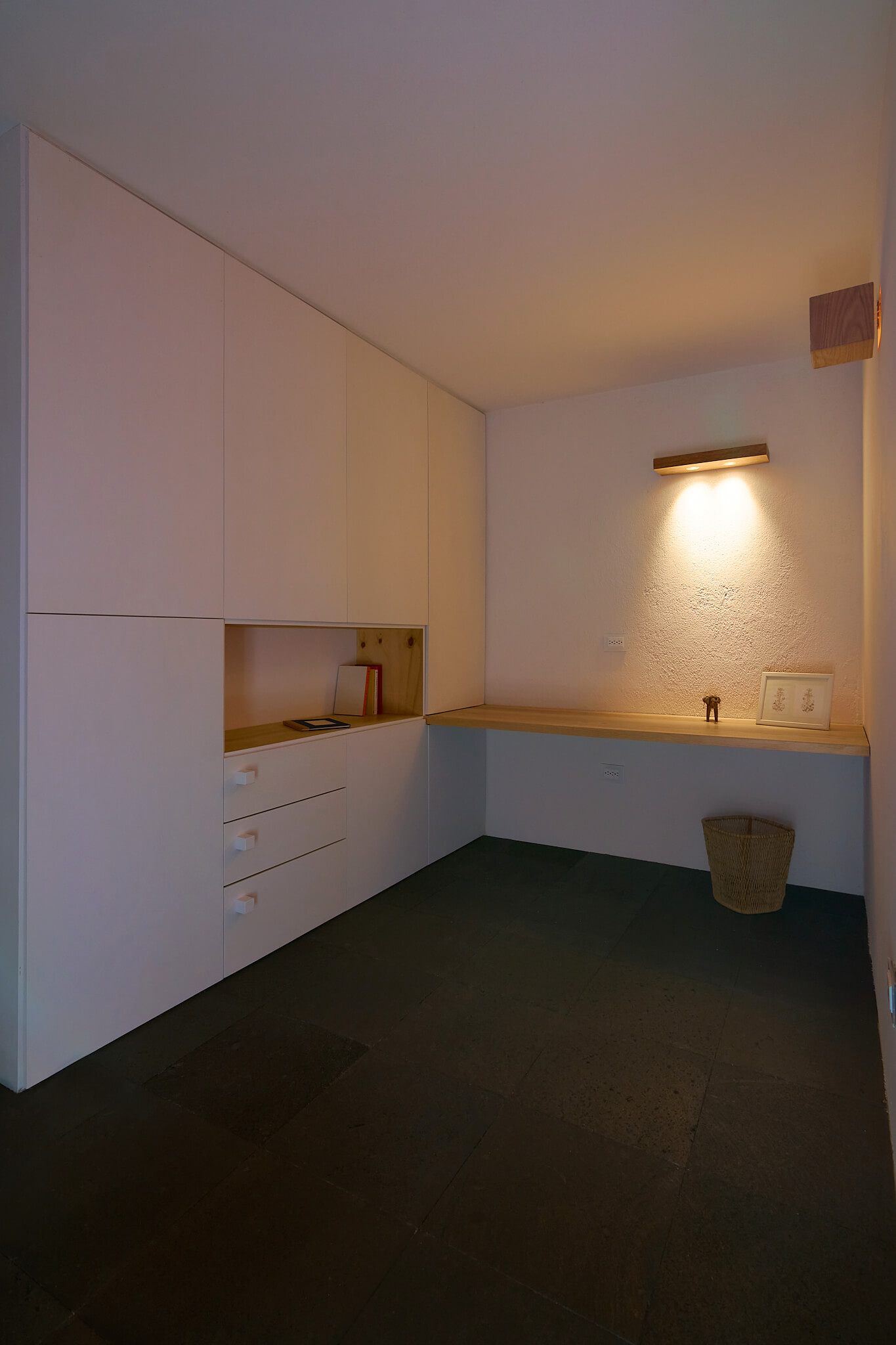
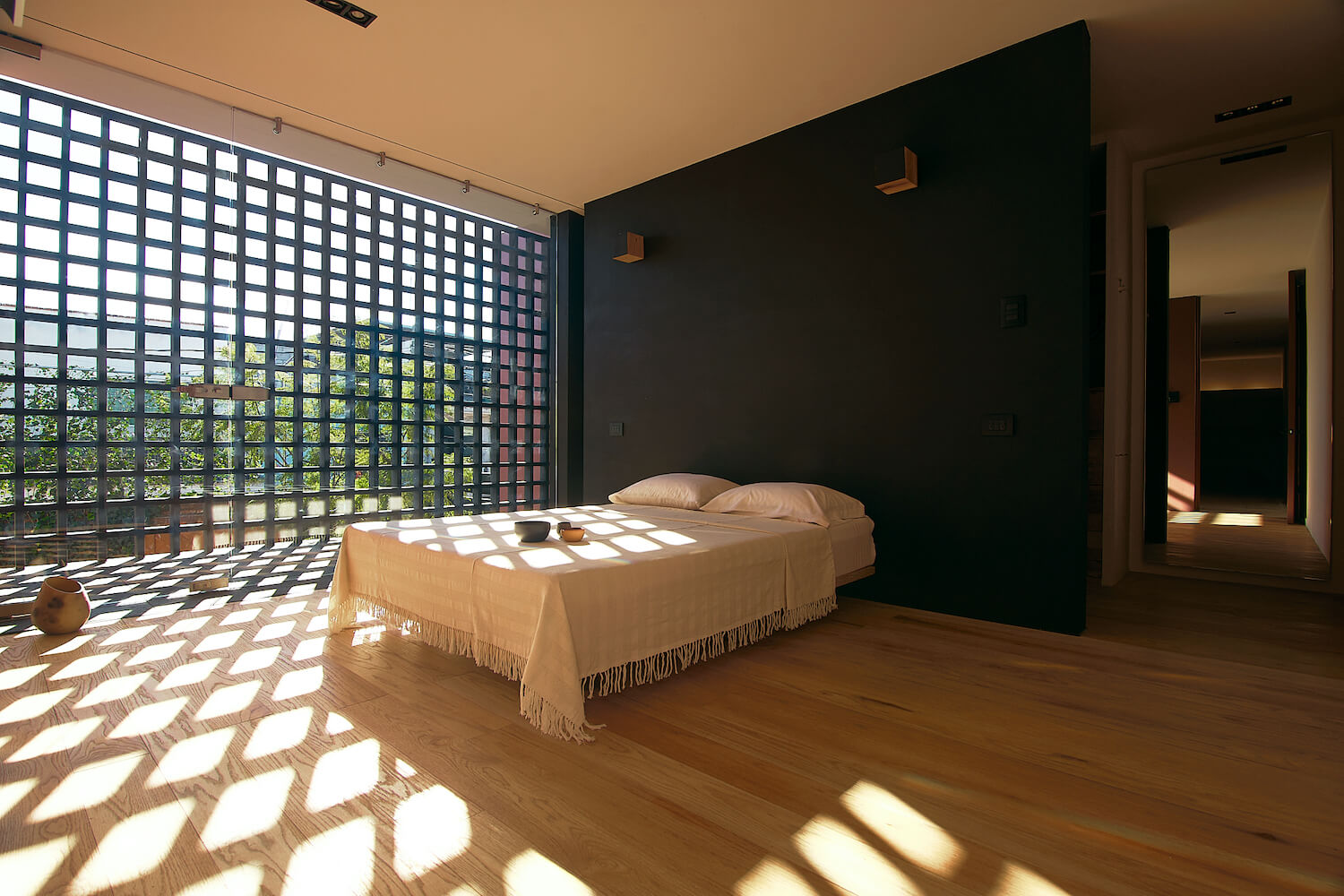
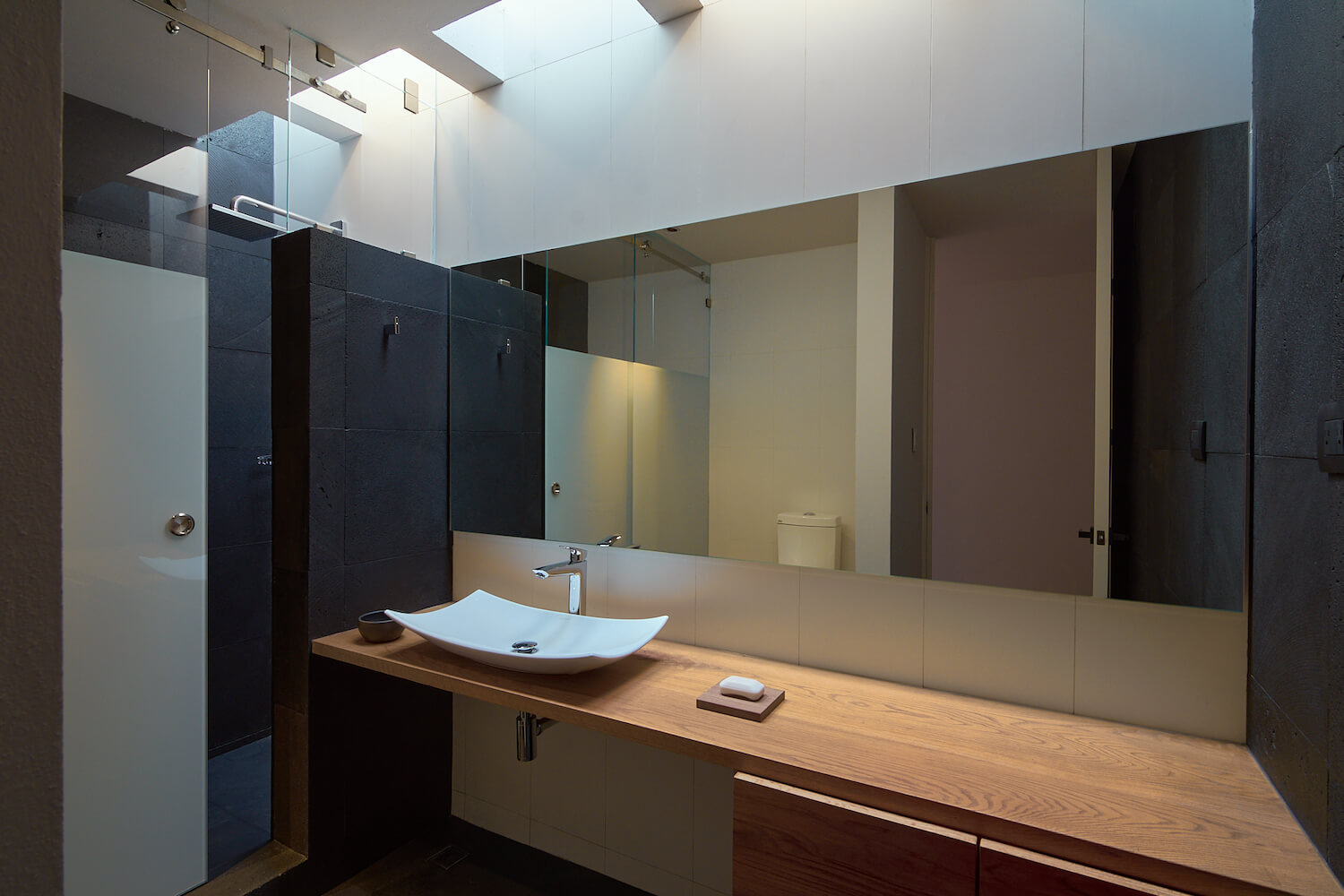
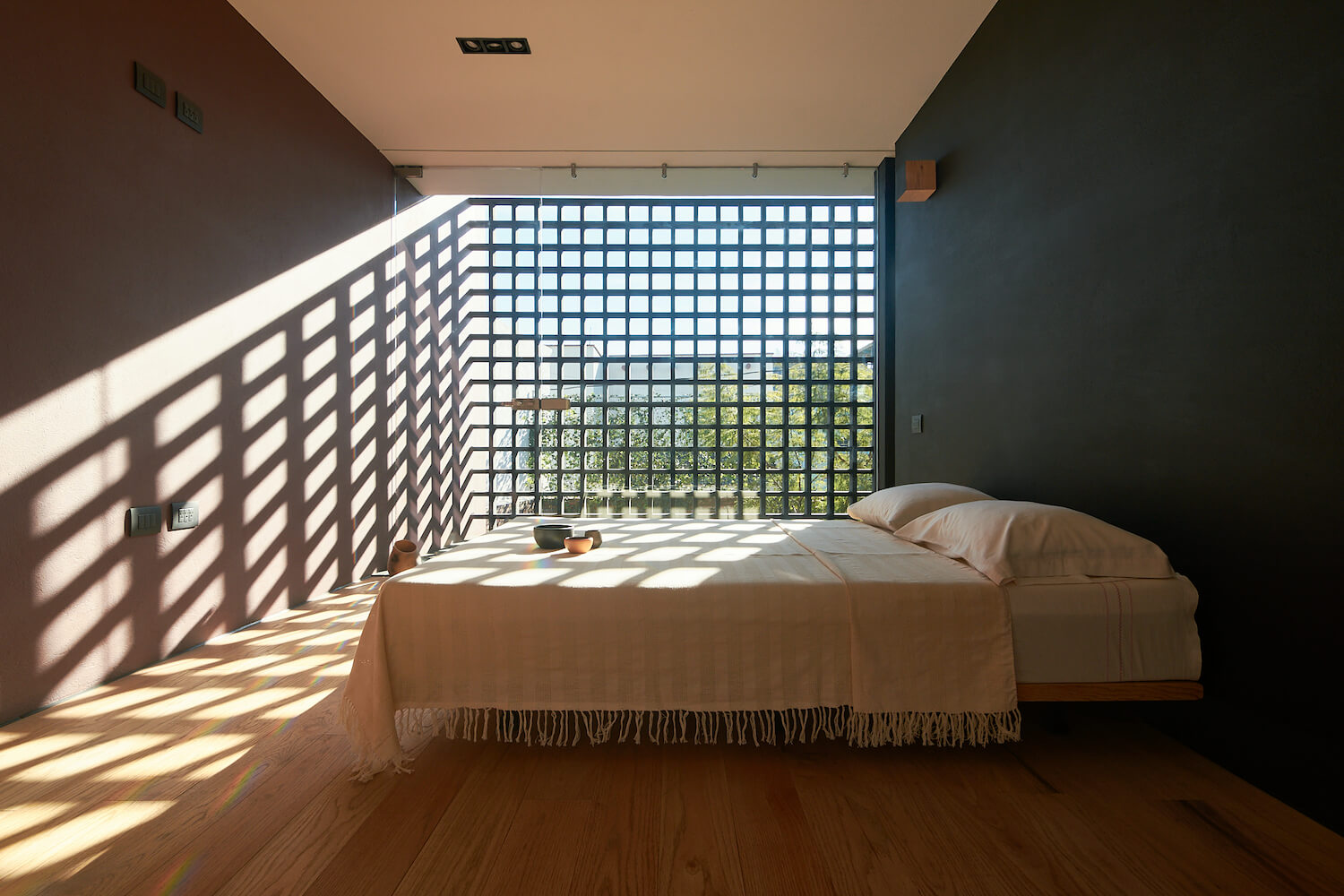
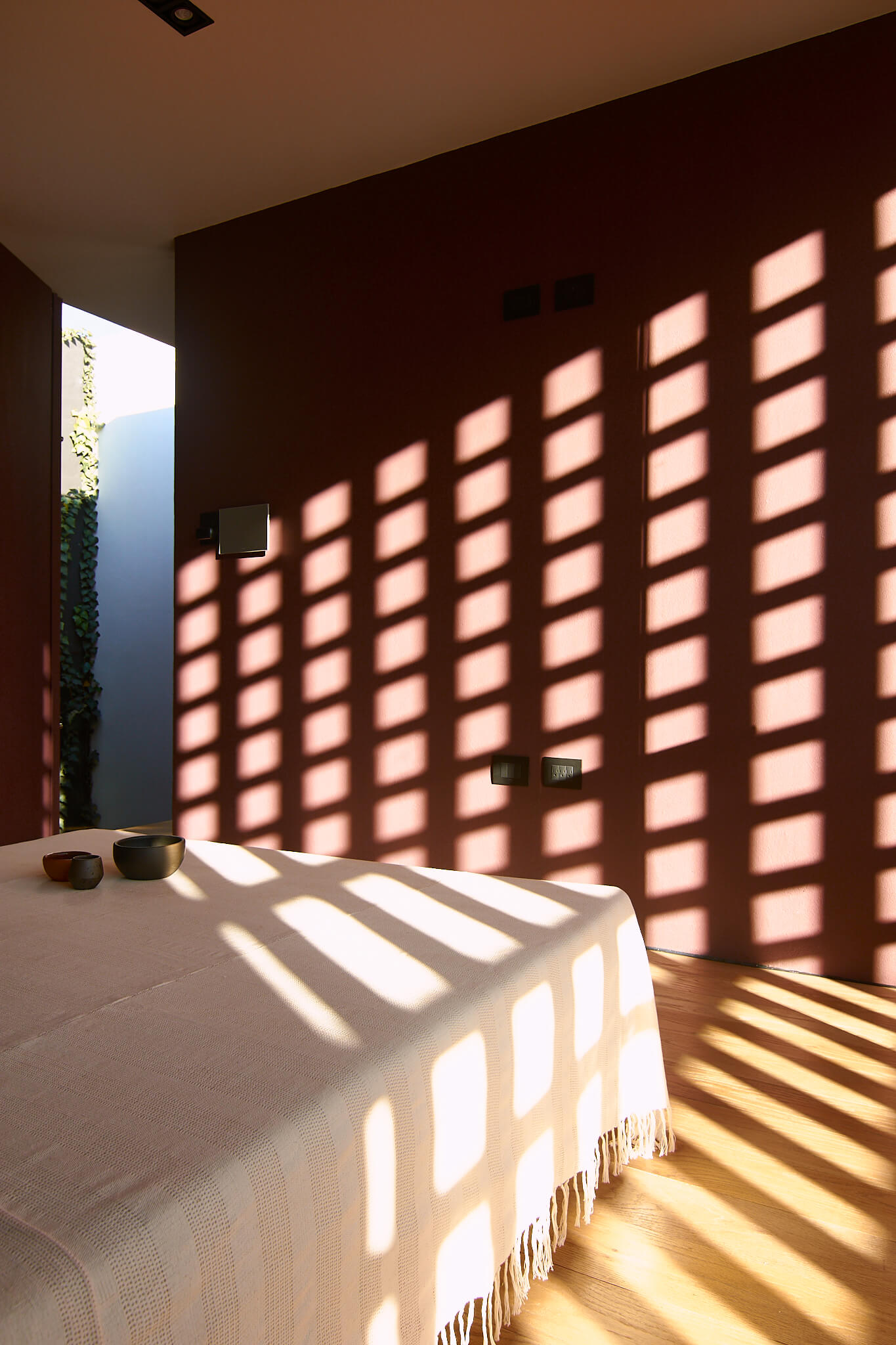

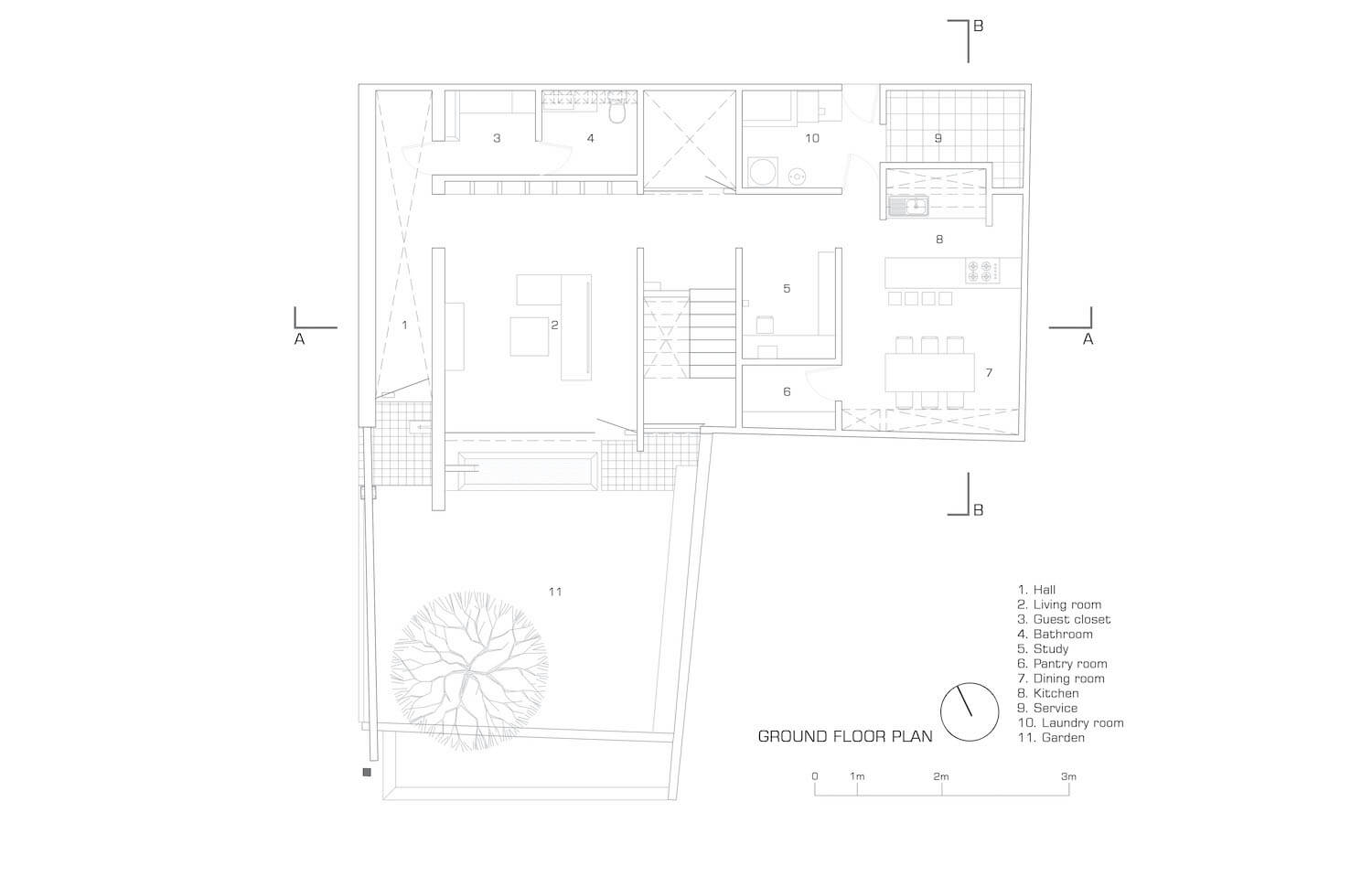
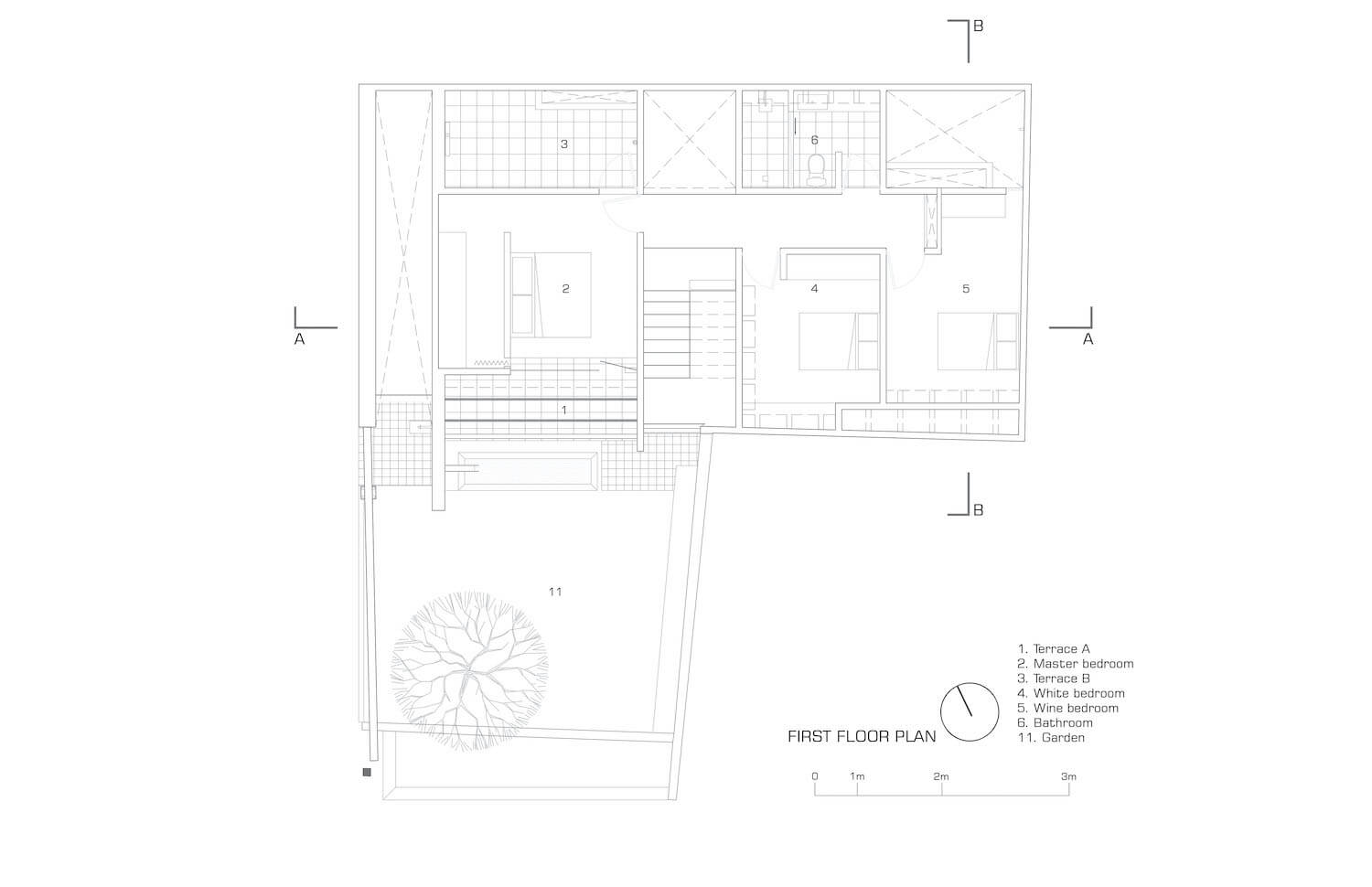
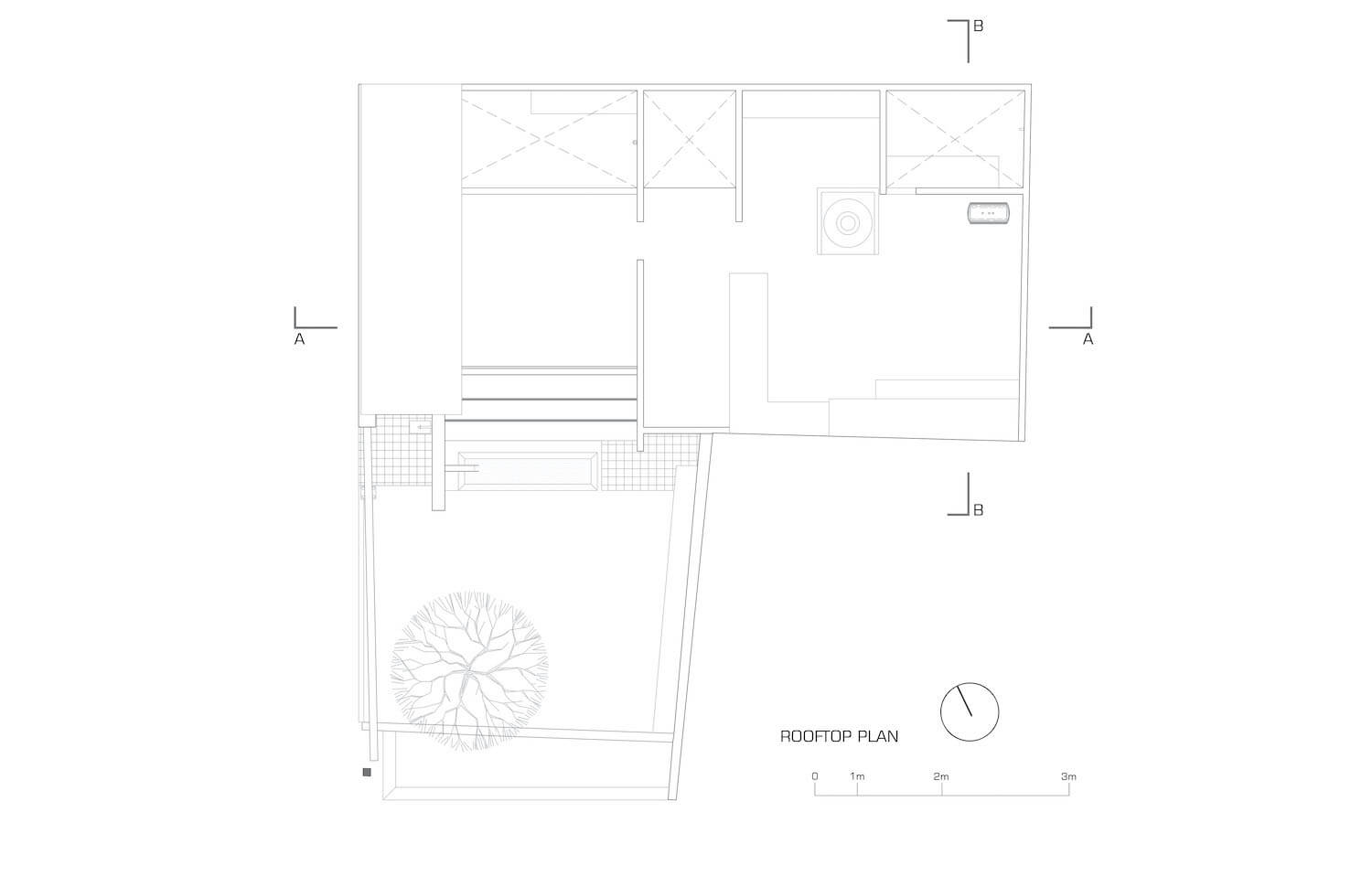
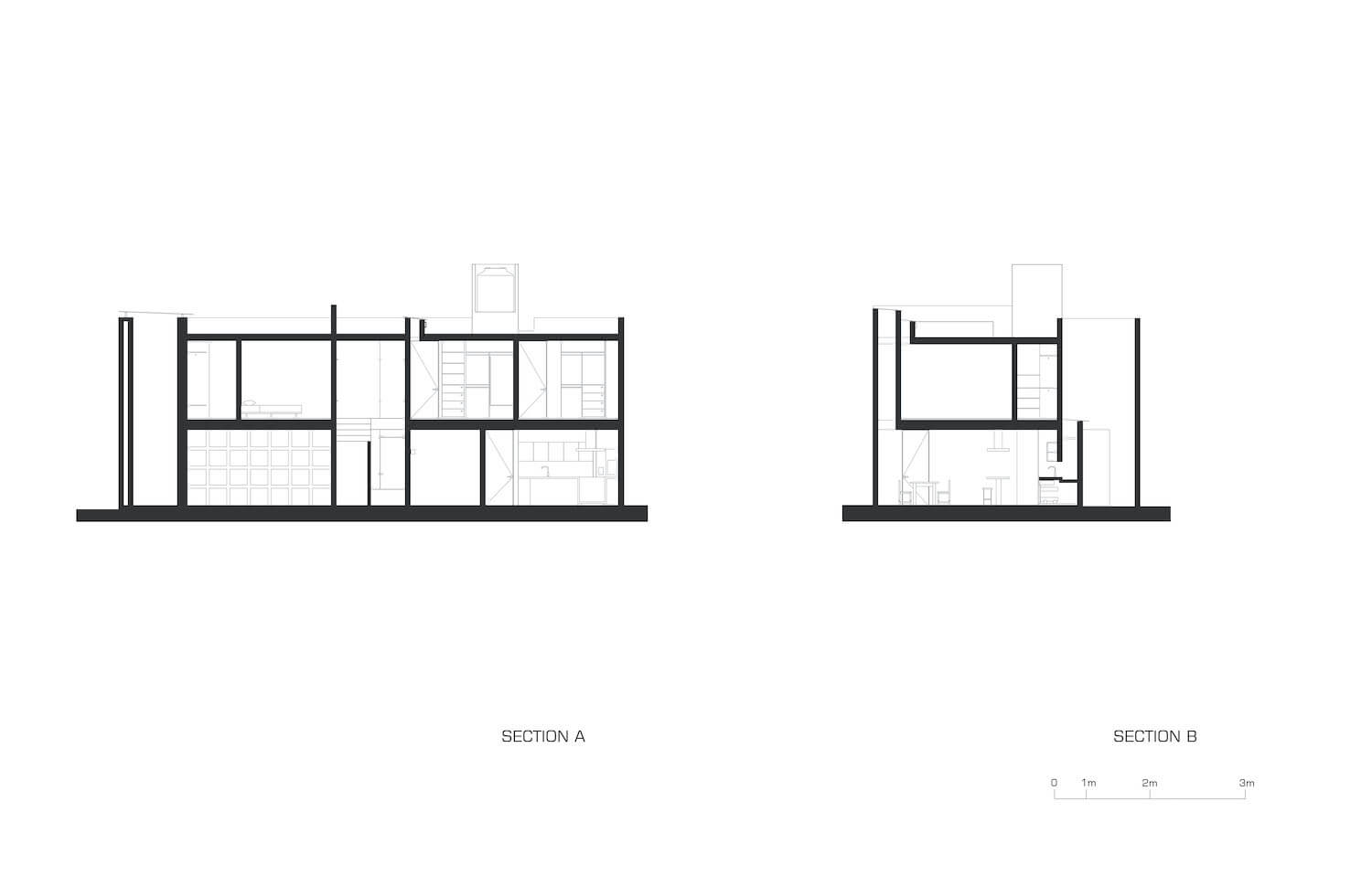
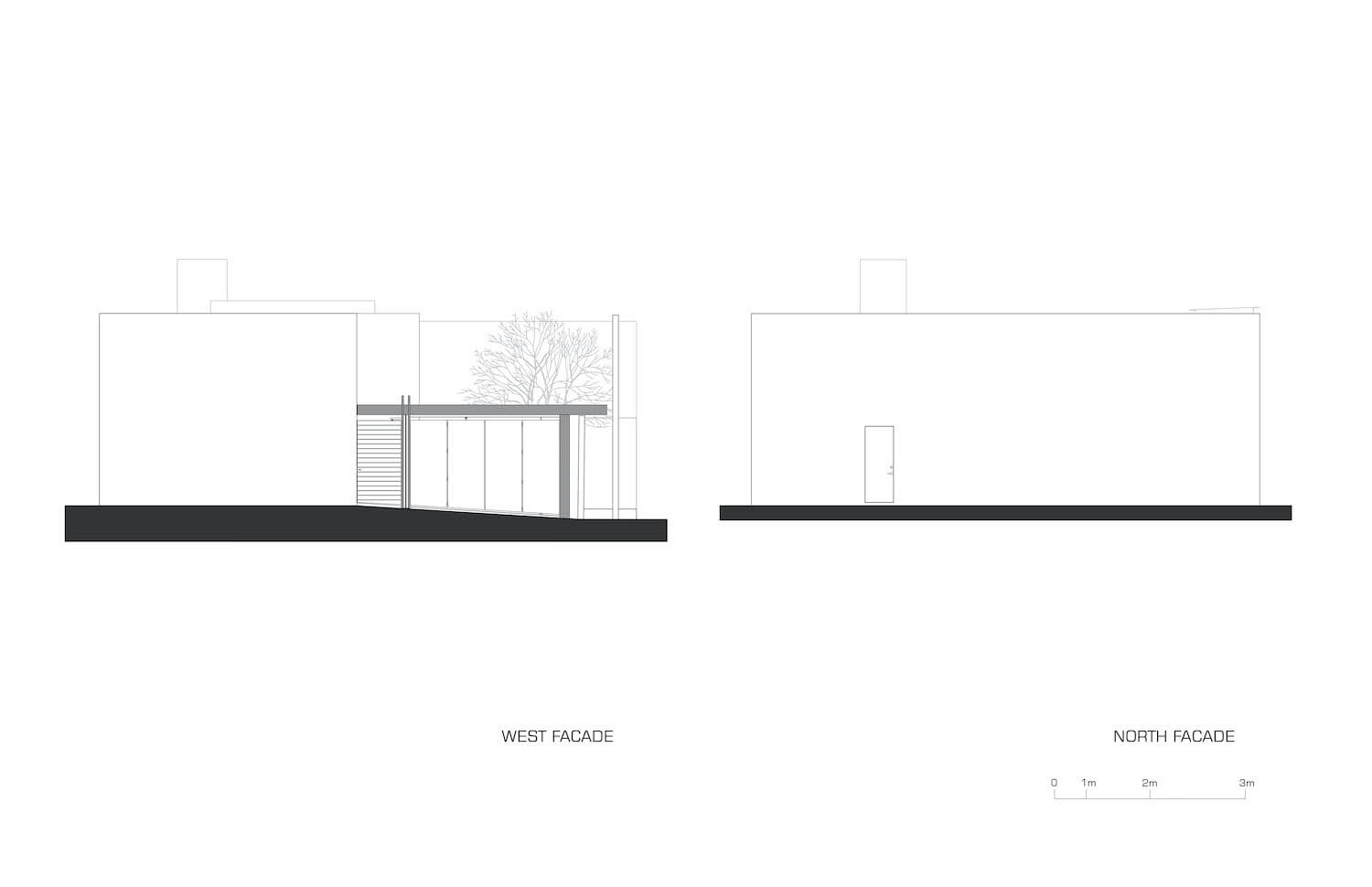
Connect with the And-Y Arquitectos

